Launched in September 2024, the Sigma 28-105mm f/2.8 DG DN Art embodies the ultimate versatile zoom. With its unusual focal range and bright aperture, it aims to replace traditional standard zooms.
Relatively compact, this zoom lens for full-frame mirrorless cameras, compatible with Sony E and L-mount systems, caters to both professionals and enthusiasts looking to avoid carrying multiple lenses while maintaining high image quality.
Does it live up to its ambitions, both in terms of image quality and autofocus performance? Find out in our full review of the Sigma 28-105mm f/2.8 DG DN Art.
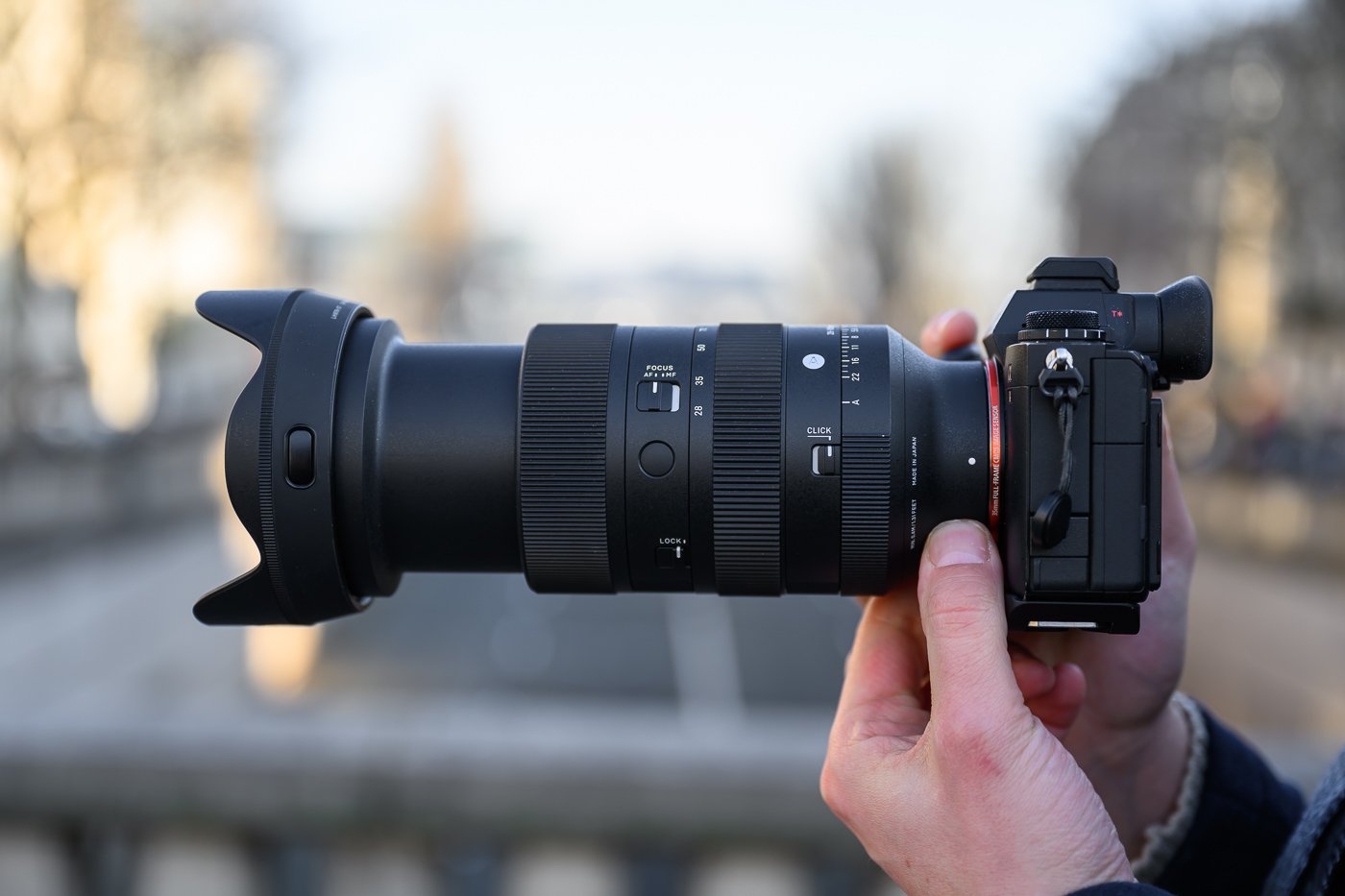
Sommaire
- The Ultimate Versatile Zoom?
- Build quality and ergonomics of the Sigma 28-105mm f/2.8 DG DN Art
- Image quality of the Sigma 28-105mm f/2.8 DG DN Art
- Autofocus performance of the Sigma 28-105mm f/2.8 DG DN Art
- (Lack of) stabilization in the Sigma 28-105mm f/2.8 DG DN Art
- Facing the Competition
- Final thoughts
The Ultimate Versatile Zoom?
Sigma had a busy 2024-year, releasing a series of highly attractive lenses, particularly in the standard zoom category. After unveiling a 24-70mm f/2.8 DG DN II Art, which is lighter and more modernized, the brand surprised the market with a 28-45mm f/1.8 DG DN Art, the brightest full-frame zoom available. Then, in the fall, Sigma introduced a new and unconventional lens—our focus today, the 28-105mm f/2.8 DG DN Art.
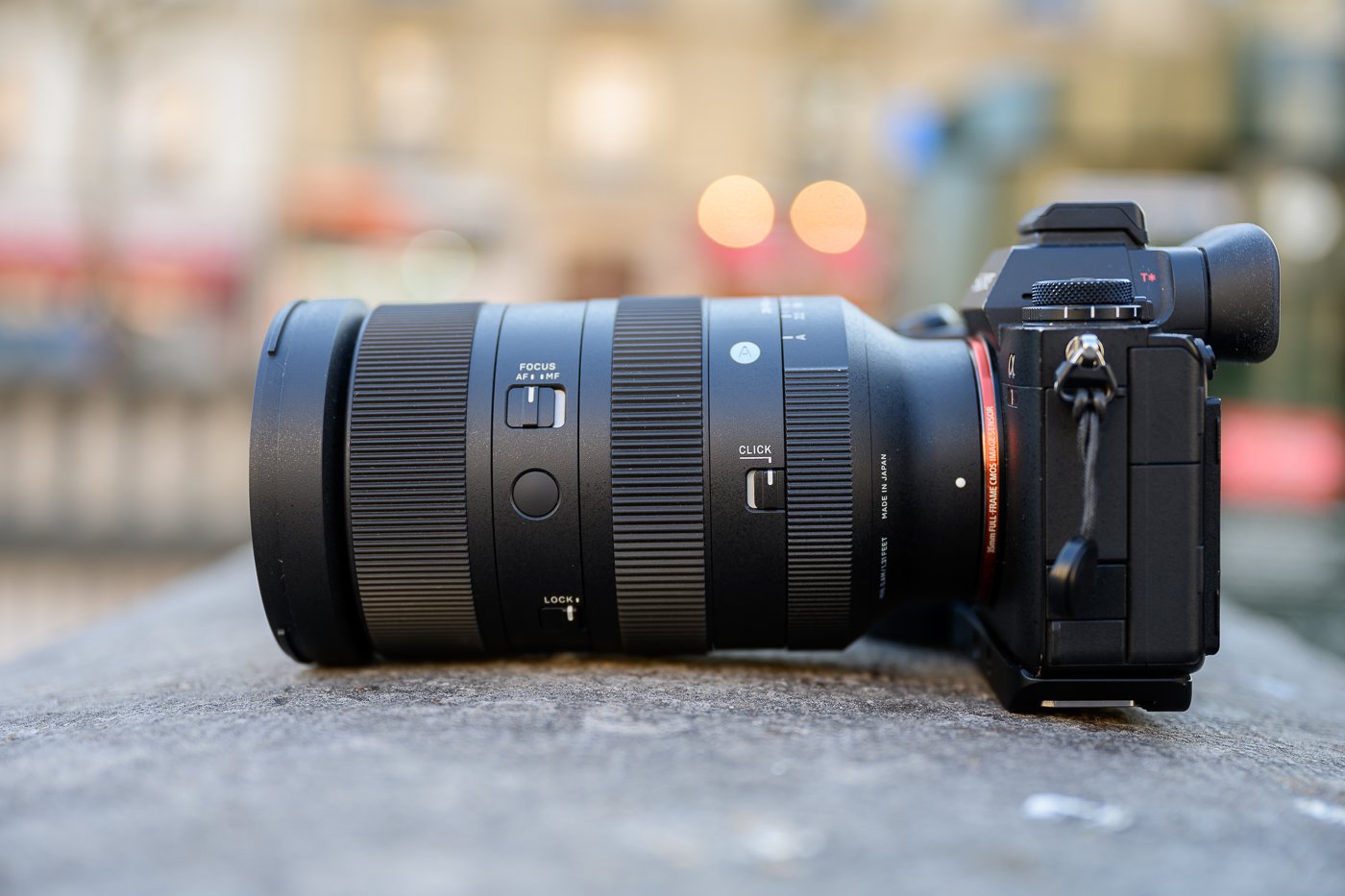
A zoom lens that combines versatility with brightness, checking many boxes—at least on paper. It is somewhat reminiscent of the Canon RF 24-105mm f/2.8 L IS USM Z, another extended standard zoom. However, Sigma’s zoom, with its slightly different focal range, is significantly more compact and, most importantly, much more affordable!
With this design, the Sigma 28-105mm f/2.8 DG DN Art incorporates an advanced optical formula consisting of 18 elements arranged in 13 groups. It features two FLD elements, an SLD glass element, and notably, five aspherical lenses. Sigma promises exceptional sharpness even wide open across the entire focal range—a bold claim!

Thanks to the aspherical elements, the zoom remains relatively compact despite its wide f/2.8 aperture. Additionally, the 12-blade diaphragm is designed to produce smooth bokeh and create beautiful starburst effects when slightly stopped down. The minimum focusing distance is consistently 40 cm, which is quite impressive at 105mm.
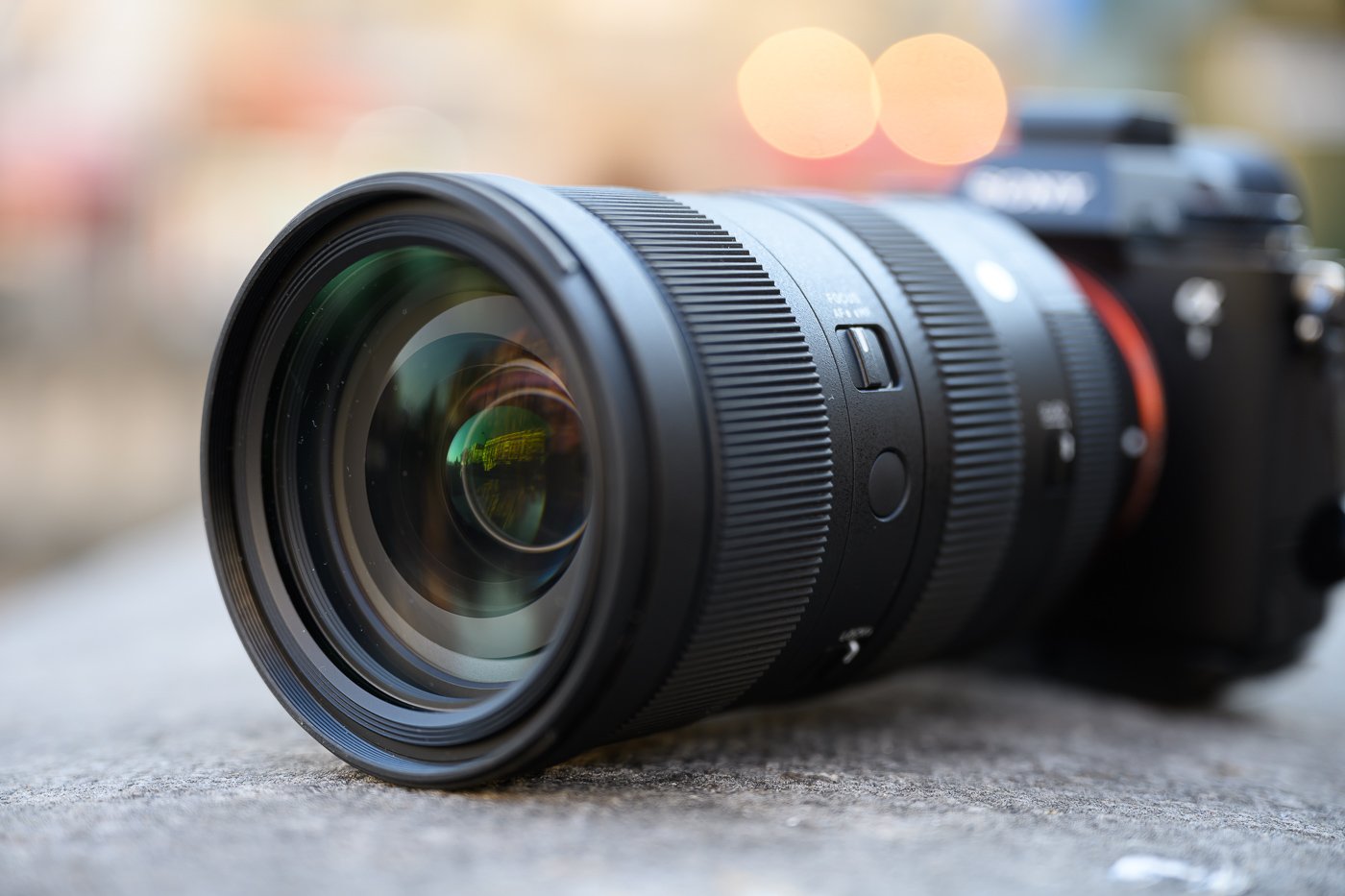
The autofocus is powered by a HLA motor (High-response Linear Actuator), featured in Sigma’s latest lenses. This motor is designed to be fast, precise, and reliable, making it fully compatible with full-frame mirrorless cameras in Sony E and Leica L mounts.
However, the lens does not feature optical stabilization. This decision helps reduce size and weight but may be limiting, particularly at full zoom or in low-light conditions, where camera shake becomes more pronounced.
With its constant f/2.8 aperture and a focal range spanning from wide-angle to medium telephoto, the Sigma 28-105mm f/2.8 DG DN Art promises great versatility for landscape photographers, portrait shooters, and photojournalists alike.




It positions itself as a true Swiss Army knife for photography, and even video. A tool that could quickly become indispensable in both professional and enthusiast camera bags.
Here are the key specifications of the Sigma 28-105mm f/2.8 DG DN Art:
- Focal length range: 28-105mm (42-168mm equivalent in APS-C)
- Lens type: Full-frame
- Maximum aperture: f/2.8
- Minimum aperture: f/22
- Angle of view: 75°40′ – 23°30′
- Optical construction: 18 elements in 13 groups, including 2 FLD glass elements, 1 SLD element, and 5 aspherical elements
- Aperture blades: 12
- Minimum focusing distance: 40 cm (throughout the focal range)
- Optical stabilization: No
- Weather sealing: Yes (dust and moisture-resistant)
- Maximum magnification: 0.32x (at 105mm)
- Autofocus: High-response linear actuator (HLA)
- Filter thread size: 82mm
- Dimensions (D × L): 87.8 × 157.9 mm (L-mount); 87.8 × 159.9 mm (E-mount)
- Weight: 995 g (L-mount); 990 g (E-mount)
- Included accessories: Front and rear lens caps
- Available mounts: Sony E and Leica L
- Launch price: $1499
Build quality and ergonomics of the Sigma 28-105mm f/2.8 DG DN Art
Right from the first touch, the Sigma 28-105mm f/2.8 DG DN Art impresses with its solid construction and sleek design. Like all Sigma Art lenses, it sports a premium metal finish with a black matte coating that instills confidence.
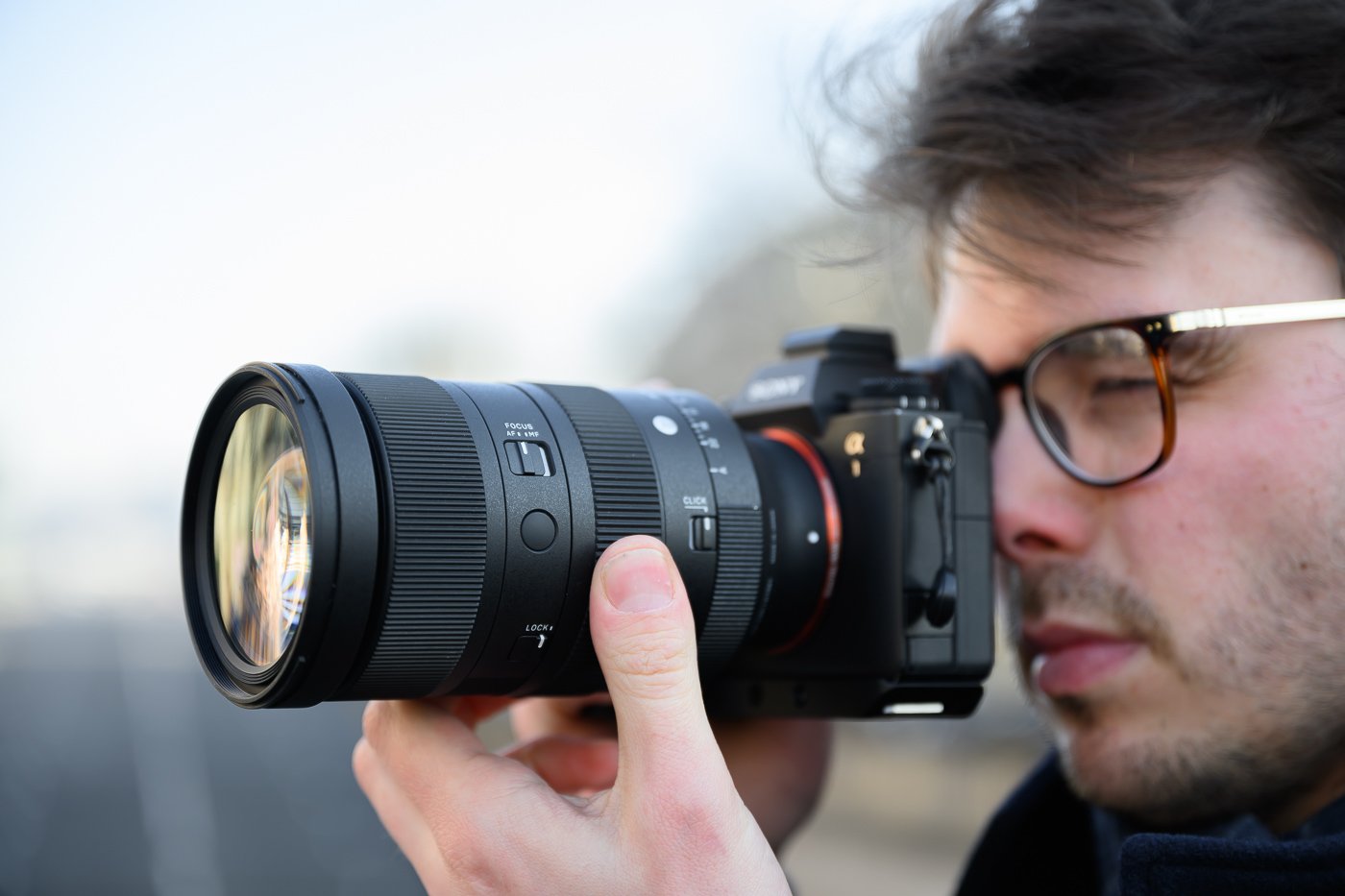
With a length of approximately 15 cm (21 cm when extended) and a weight just under 1 kg, this zoom lens isn’t the most compact on the market, but it remains well-balanced when mounted on a full-frame mirrorless body such as a Sony A1 II, A7 IV, or a Panasonic S5 II.
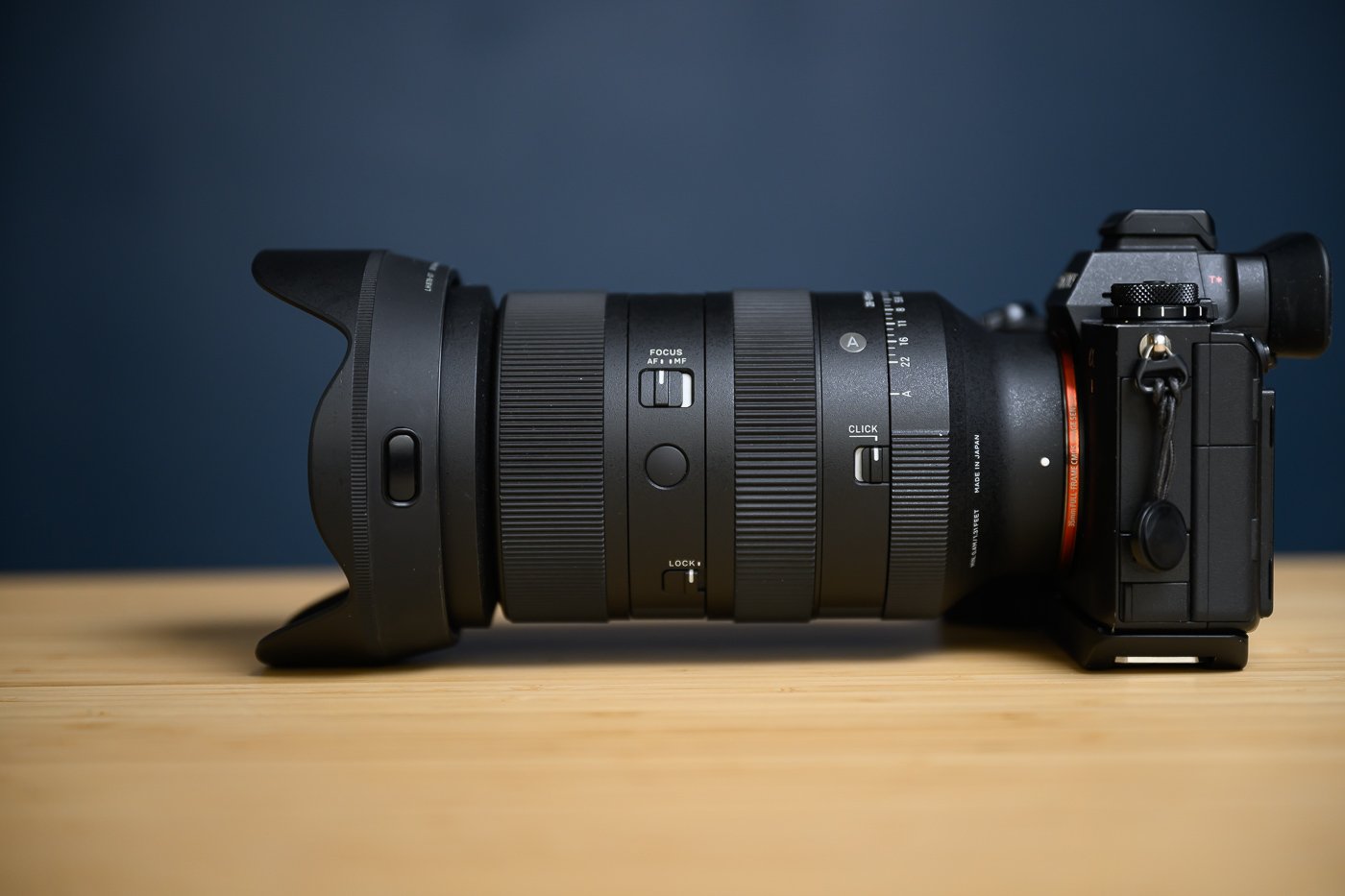
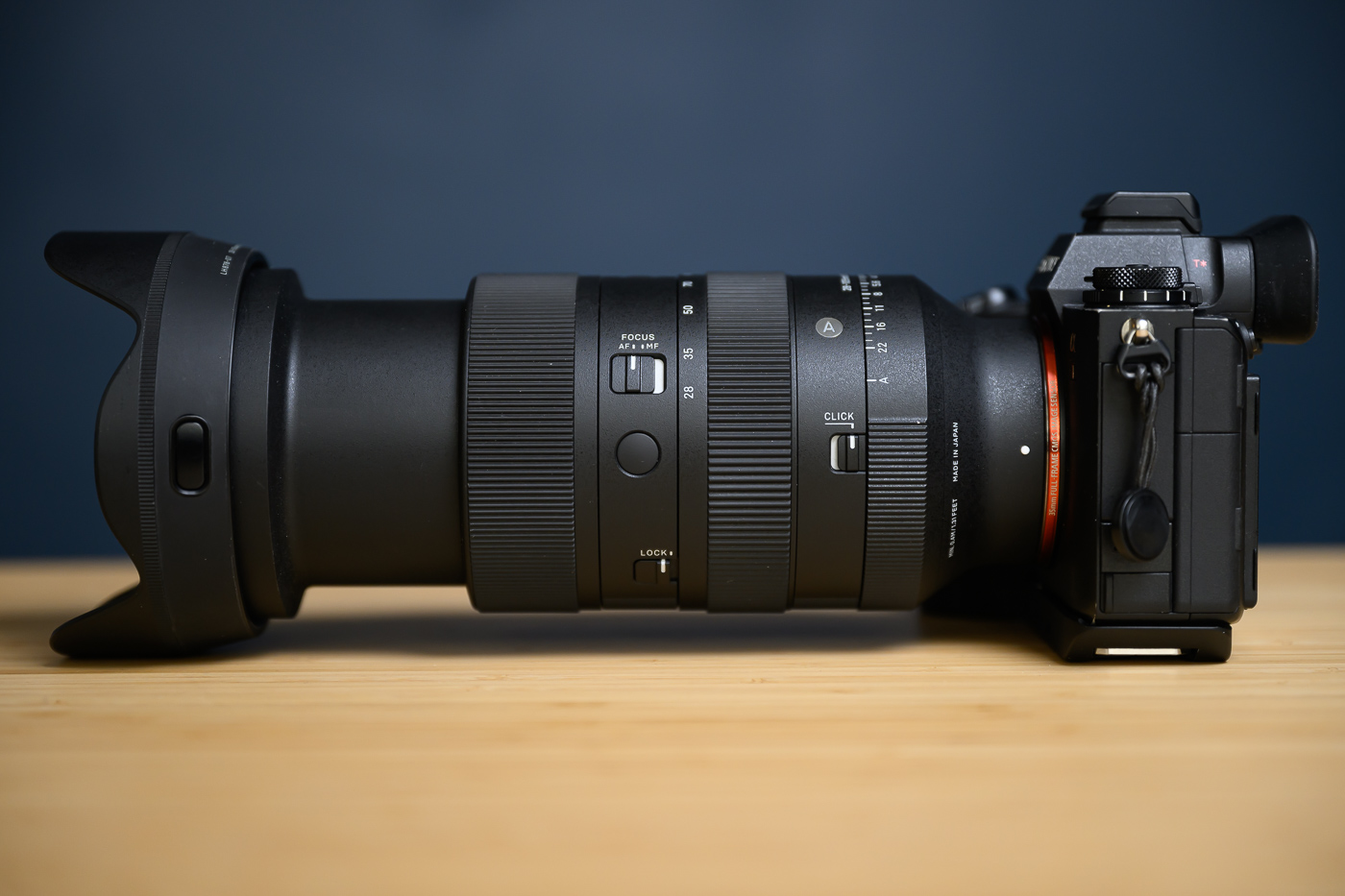
When compared to the Canon RF 24-105mm f/2.8 L IS USM Z, the compactness of the Sigma zoom is immediately apparent. While the Canon lens extends to 24mm and includes image stabilization, it also weighs nearly 500 grams more! That’s a significant difference in hand and in a camera bag.
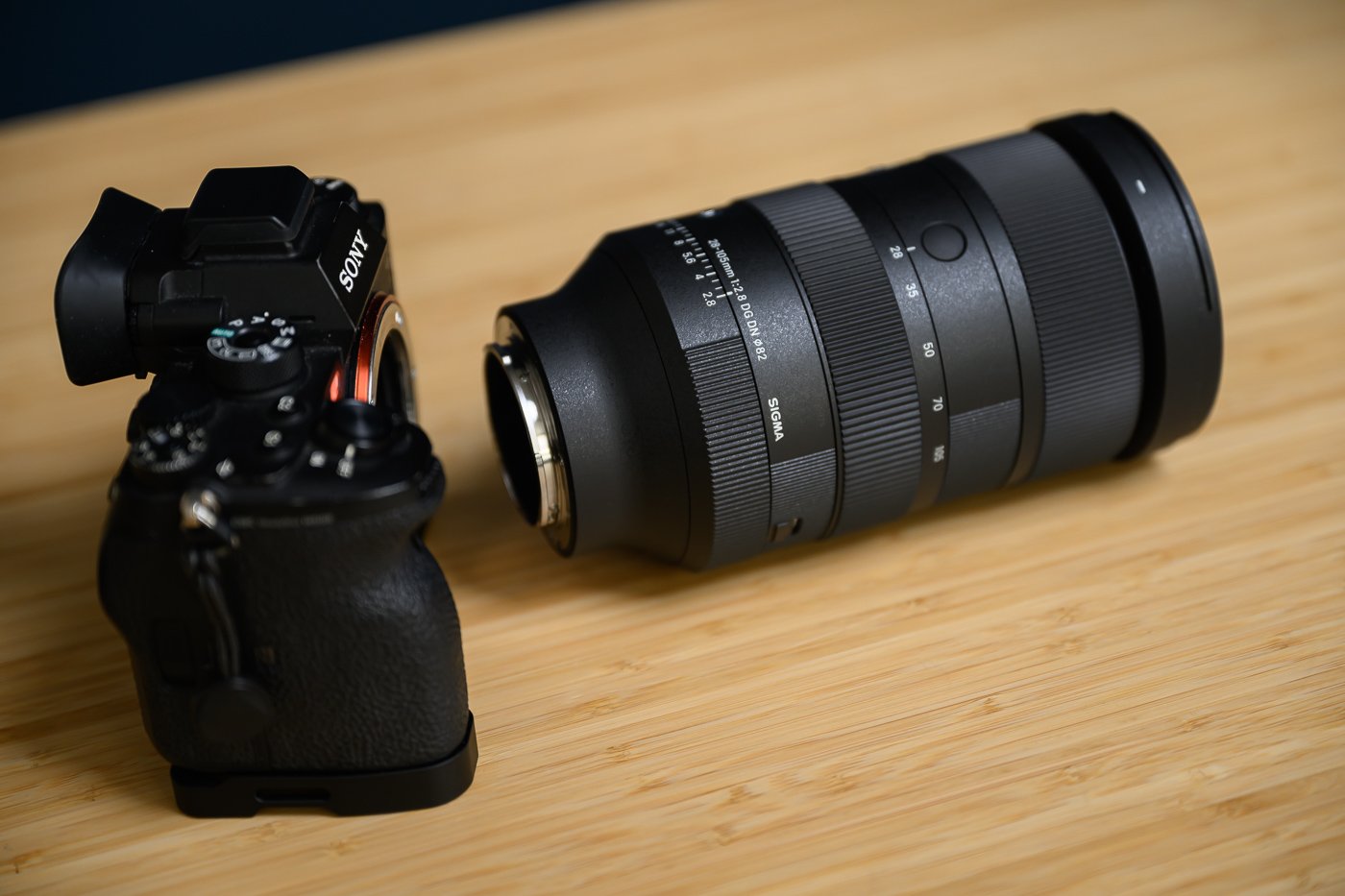
To make transport easier, the lens features a zoom lock switch on the left side, preventing unwanted extension when carried. This lock automatically disengages when zooming, ensuring a smooth user experience.
Sigma has equipped this lens with multiple physical controls, including an AF/MF switch and two customizable buttons. The wide focus ring at the front is particularly enjoyable to use, with a smooth yet precise resistance for fine manual focusing.
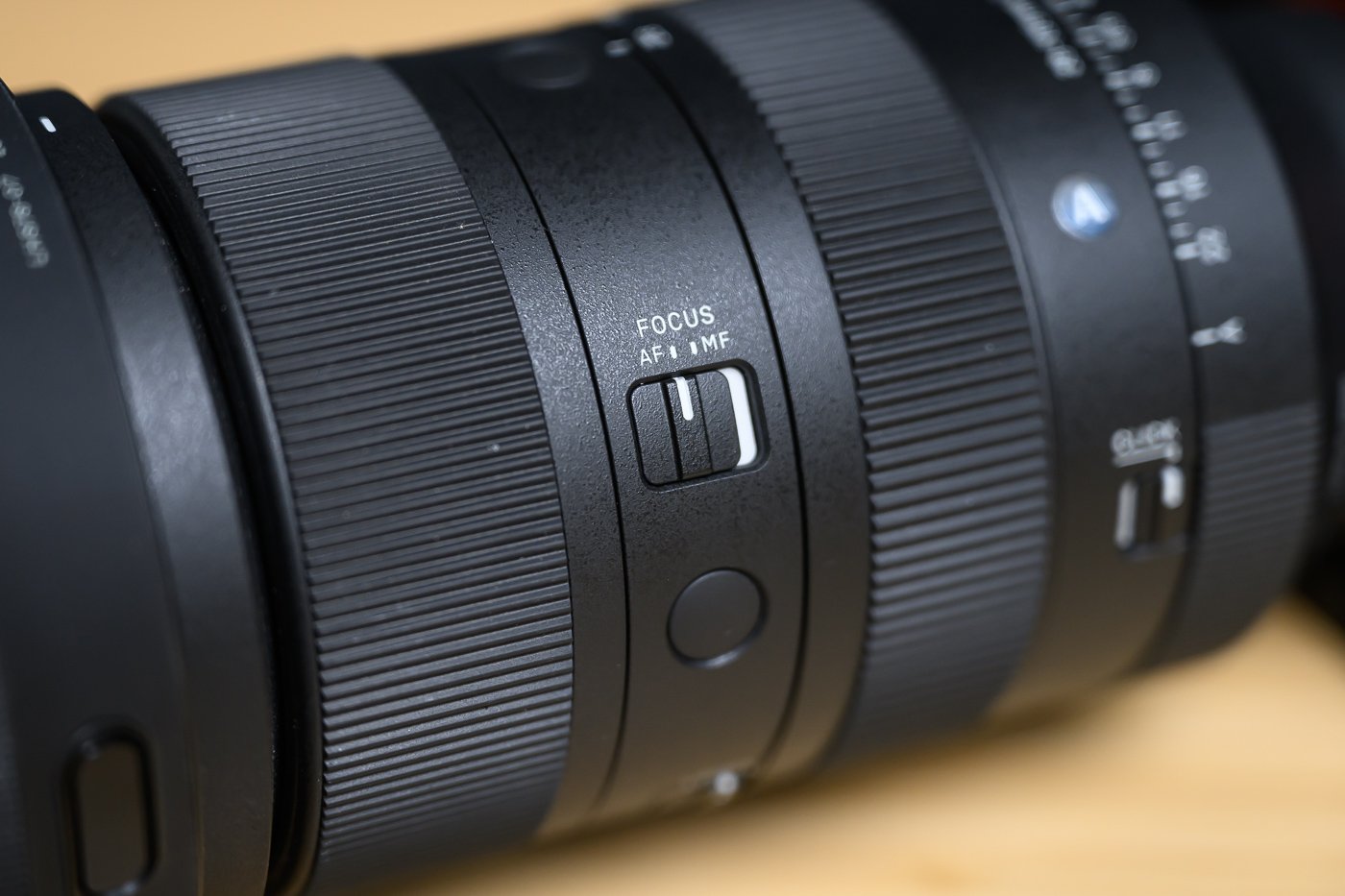
The zoom ring offers a slightly firm resistance, requiring a bit of pressure to transition from 28mm to 105mm. It’s not a major issue, but photographers who prefer quick focal adjustments may find it less convenient.
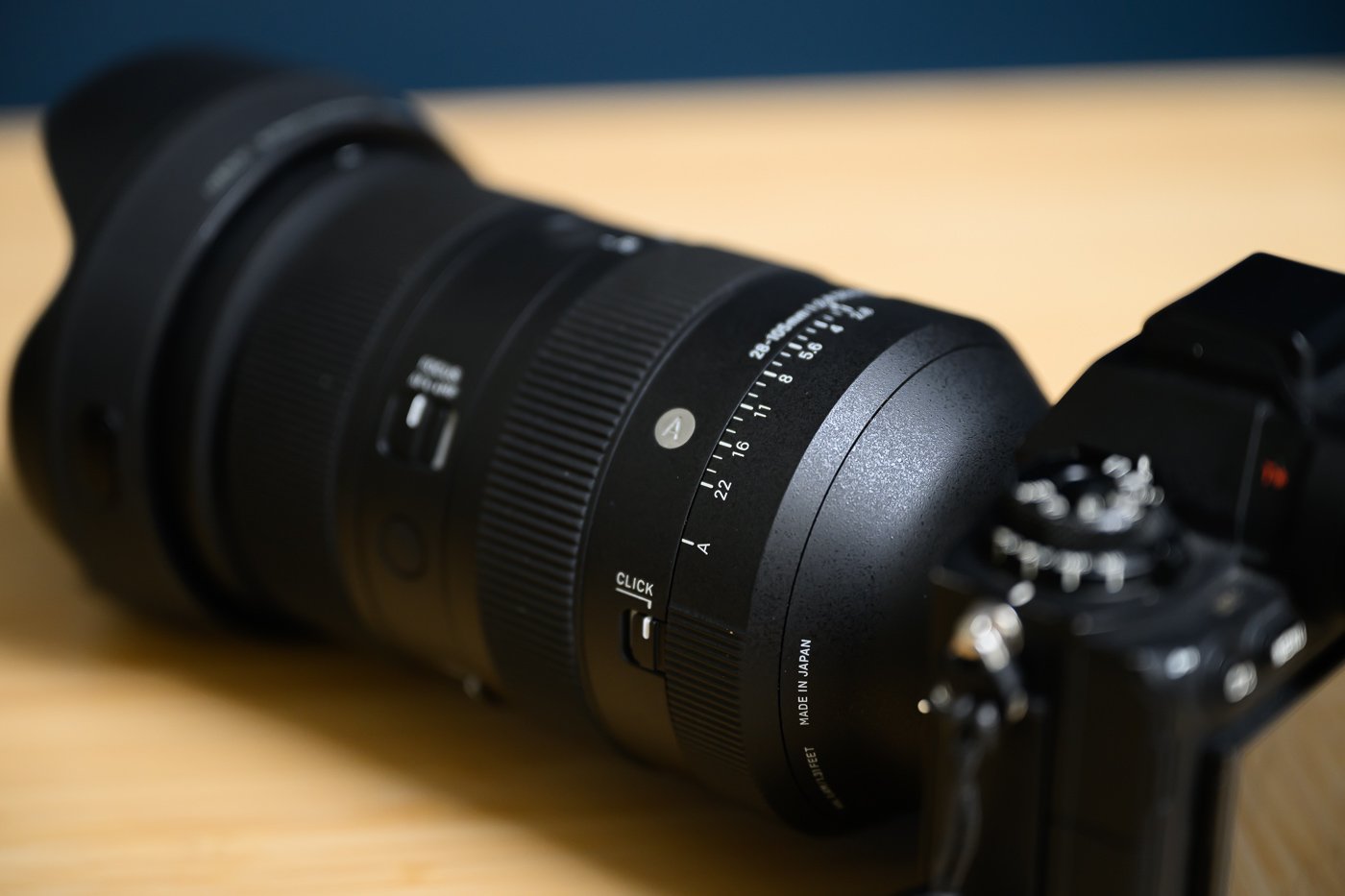
Closer to the lens mount, there is a de-clickable aperture ring, which allows for smooth, stepless adjustments—an excellent feature for videographers. Additionally, a locking switch ensures that the ring stays in “Auto” mode when desired, allowing aperture control directly from the camera.
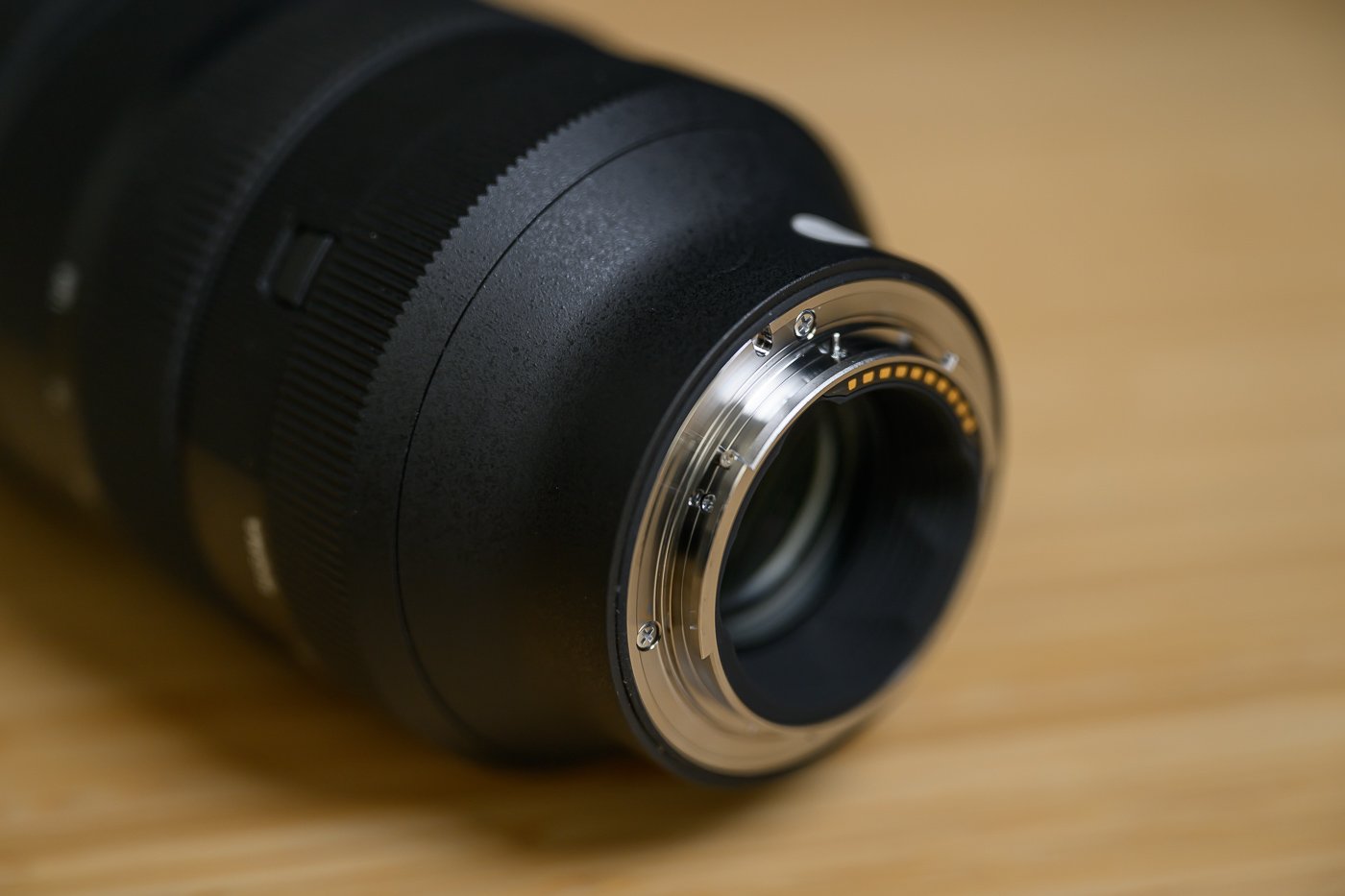
The lens accepts 82mm filters and features weather sealing to protect against moisture and dust, thanks to multiple rubber gaskets.
Image quality of the Sigma 28-105mm f/2.8 DG DN Art
To test this Sigma zoom lens, we paired it with a Sony A1 and its 50.1 MP full-frame sensor.
Click on each image to view it in full resolution.



Sharpness
From the first shots, the Sigma 28-105mm delivers excellent results. At wide open aperture (f/2.8), sharpness is outstanding in the center, providing a high level of detail. The edges exhibit slight softness but improve significantly at f/4. At the wide end, peak sharpness is reached around f/5.6 and remains excellent up to f/11.
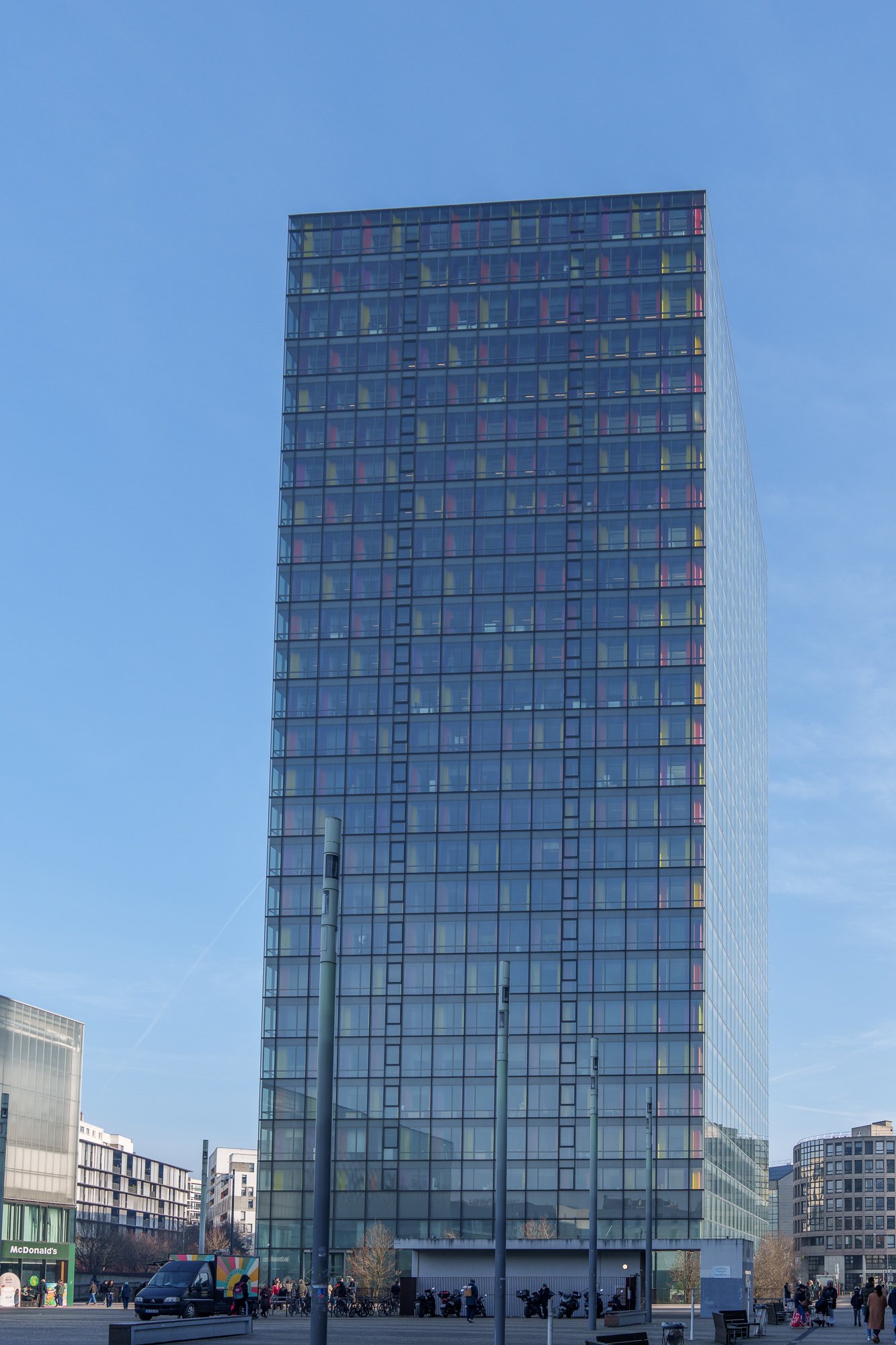
At longer focal lengths like 50mm or 70mm, sharpness remains very good wide open, with the best results again appearing at f/4. Center sharpness is slightly superior to the edges, but the difference is minimal.

At 105mm, sharpness wide open slightly decreases, with a minor loss of contrast. However, stopping down to f/4 significantly improves resolution, and the lens maintains exceptional sharpness up to f/8.

Texture reproduction is impressive, especially in portraits, where the lens captures fine details in skin and hair. This level of detail is also evident in colorful subjects such as flowers. Contrast is well-balanced, making the most of high-resolution sensors.


Distortion
At 28mm, there is noticeable barrel distortion, which is common in versatile zoom lenses. The image flattens out at mid-zoom before pincushion distortion appears at 105mm. However, these issues are well-corrected by in-camera profiles and post-processing software.
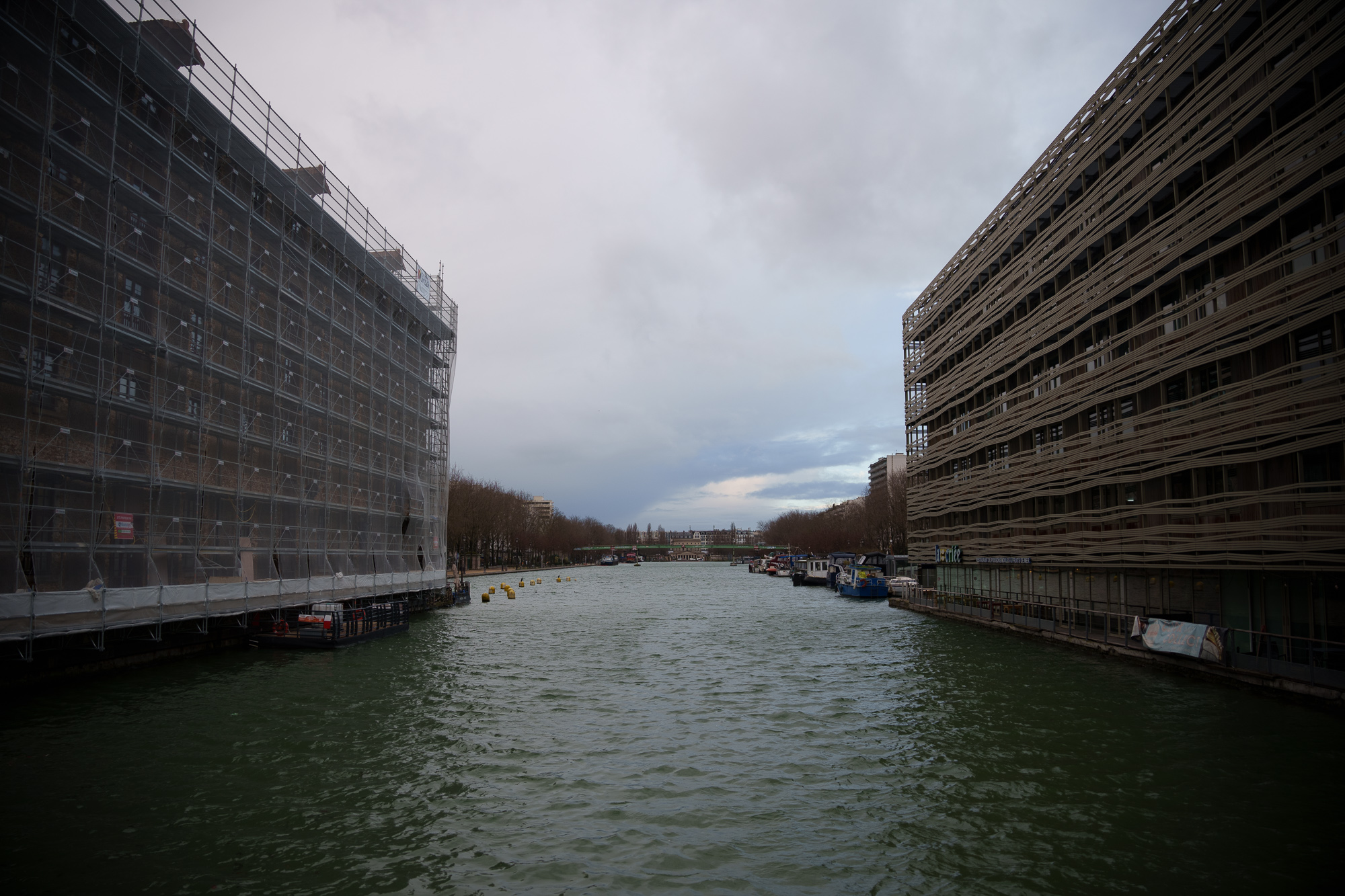
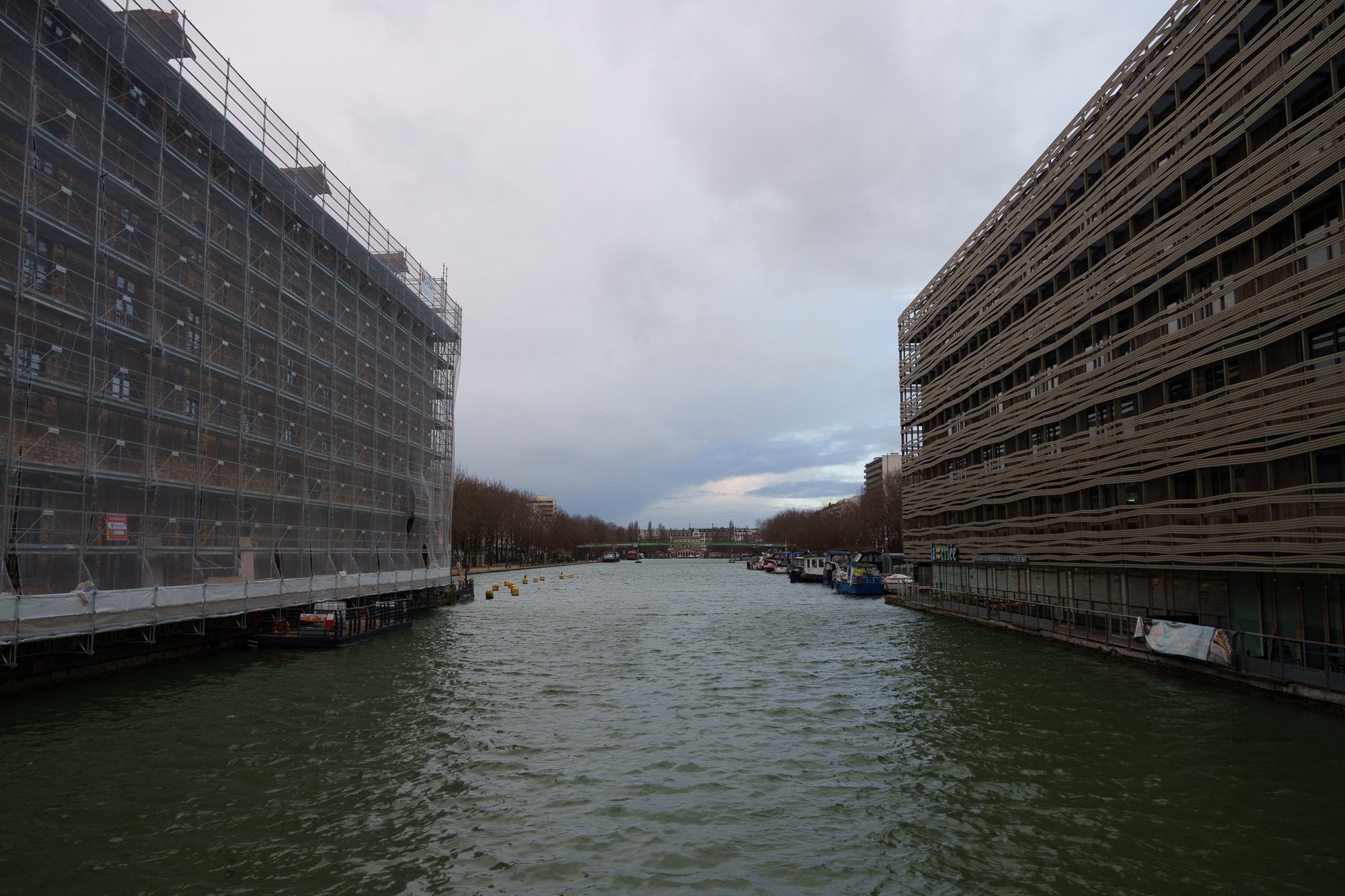
Chromatic aberrations
Sigma has done an excellent job in minimizing chromatic aberrations. Color fringing is almost nonexistent in normal use and only becomes visible in extreme backlighting conditions.


While chromatic aberrations may appear at the widest focal lengths, they are mainly noticeable at 105mm in close-up shots at f/2.8, where bright highlights might show slight color fringing. However, stopping down to f/5.6 significantly reduces the effect.
Vignetting
The Sigma 28-105mm f/2.8 DG DN Art exhibits noticeable vignetting at the shortest focal lengths and widest apertures.
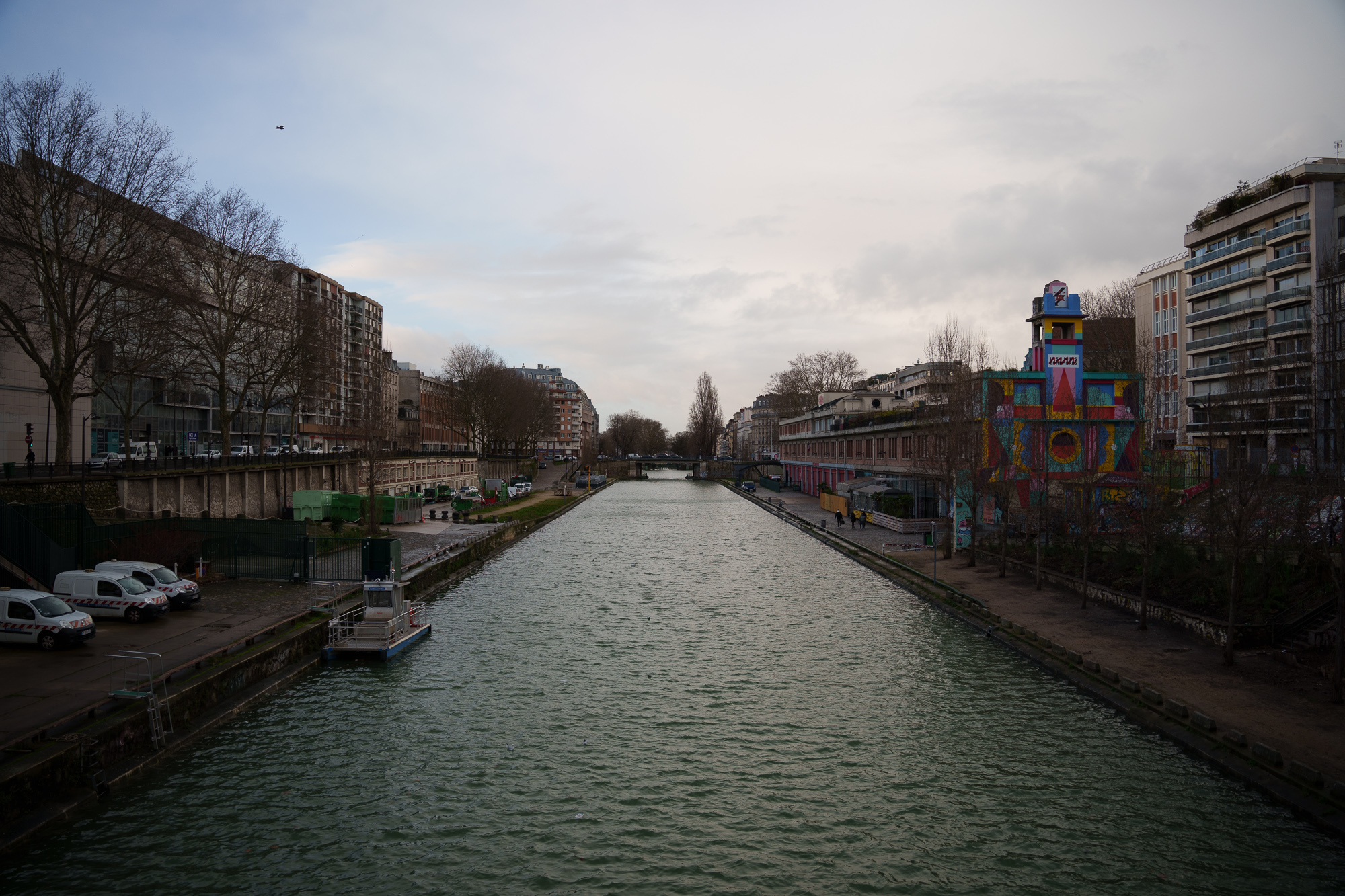
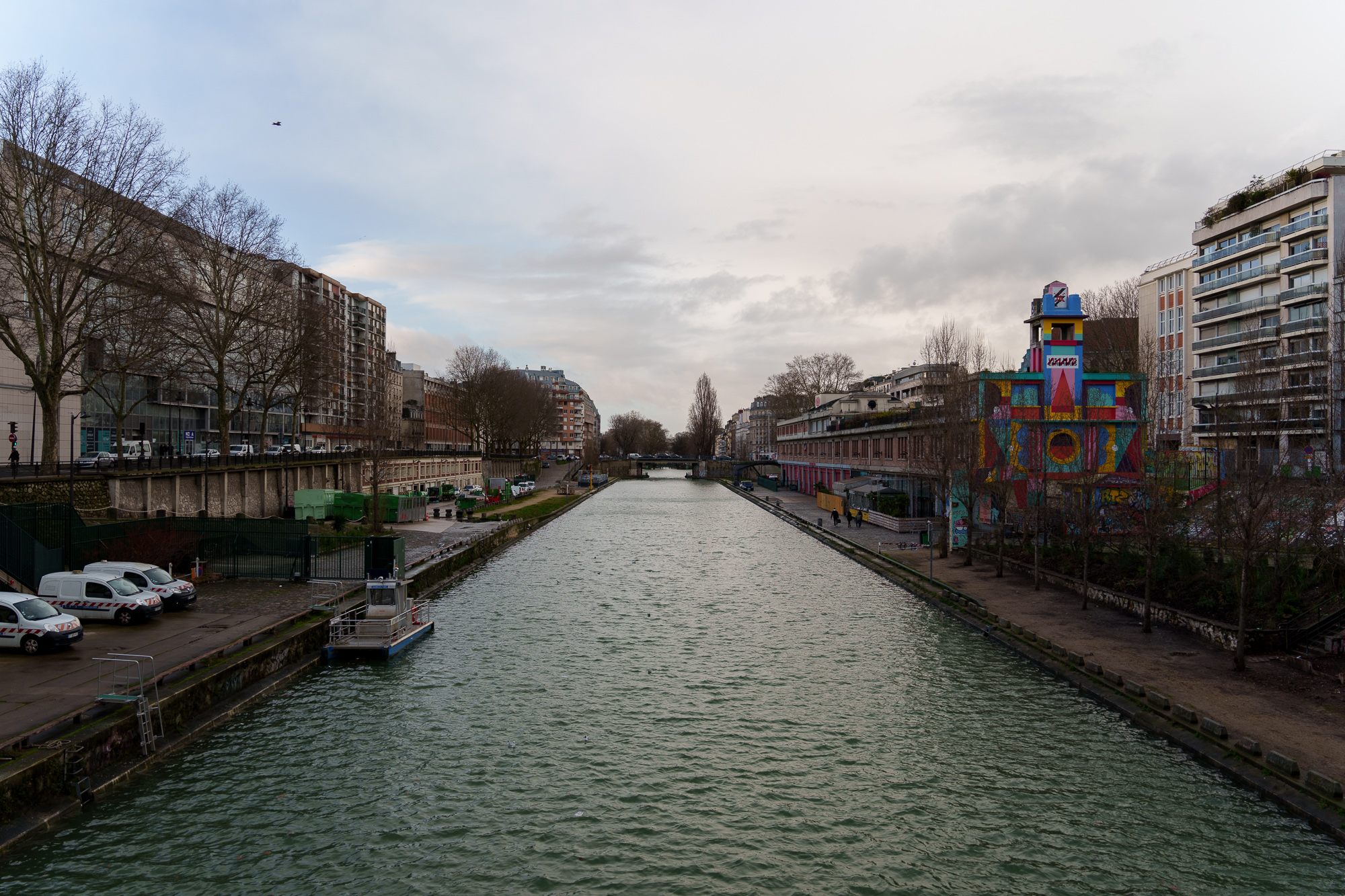
Vignetting is particularly noticeable at 28mm and when shooting wide open. However, closing the aperture or increasing the focal length significantly reduces this effect. Most modern cameras and post-processing software can easily correct vignetting in real-time.
Bokeh
Thanks to its constant f/2.8 aperture and 12-blade diaphragm, the Sigma 28-105mm offers smooth and pleasing bokeh.

The lens allows excellent subject-background separation, with a gradual transition between sharp and blurred areas. Highlight rendering is also very clean, without distracting artifacts.

At 105mm, the lens provides a beautiful compression effect, ideal for flattering portrait shots. Additionally, its minimum focusing distance of 40 cm allows for great close-up creativity.

Autofocus performance of the Sigma 28-105mm f/2.8 DG DN Art
The lens is equipped with Sigma’s High-response Linear Actuator (HLA), delivering fast, silent, and accurate autofocus. On a camera like the Sony A1, the autofocus locks on quickly, even in low-light conditions.

For moving subjects, such as children, pets, or swaying foliage, the lens performs very well, with a high tracking success rate. In video, autofocus transitions are smooth, with minimal focus breathing.

The only real downside concerns the restrictions imposed by Sony on burst shooting. With cameras like the A9 III or the A1 II, the lens is limited to 15 fps in continuous AF, which is significantly lower than the camera’s full potential.

For cameras like the Sony A7 IV or A7R V, which are already capped at 10 fps, this isn’t an issue. However, for users of high-performance cameras who rely on fast burst rates for wildlife or sports photography, this limitation can be frustrating.
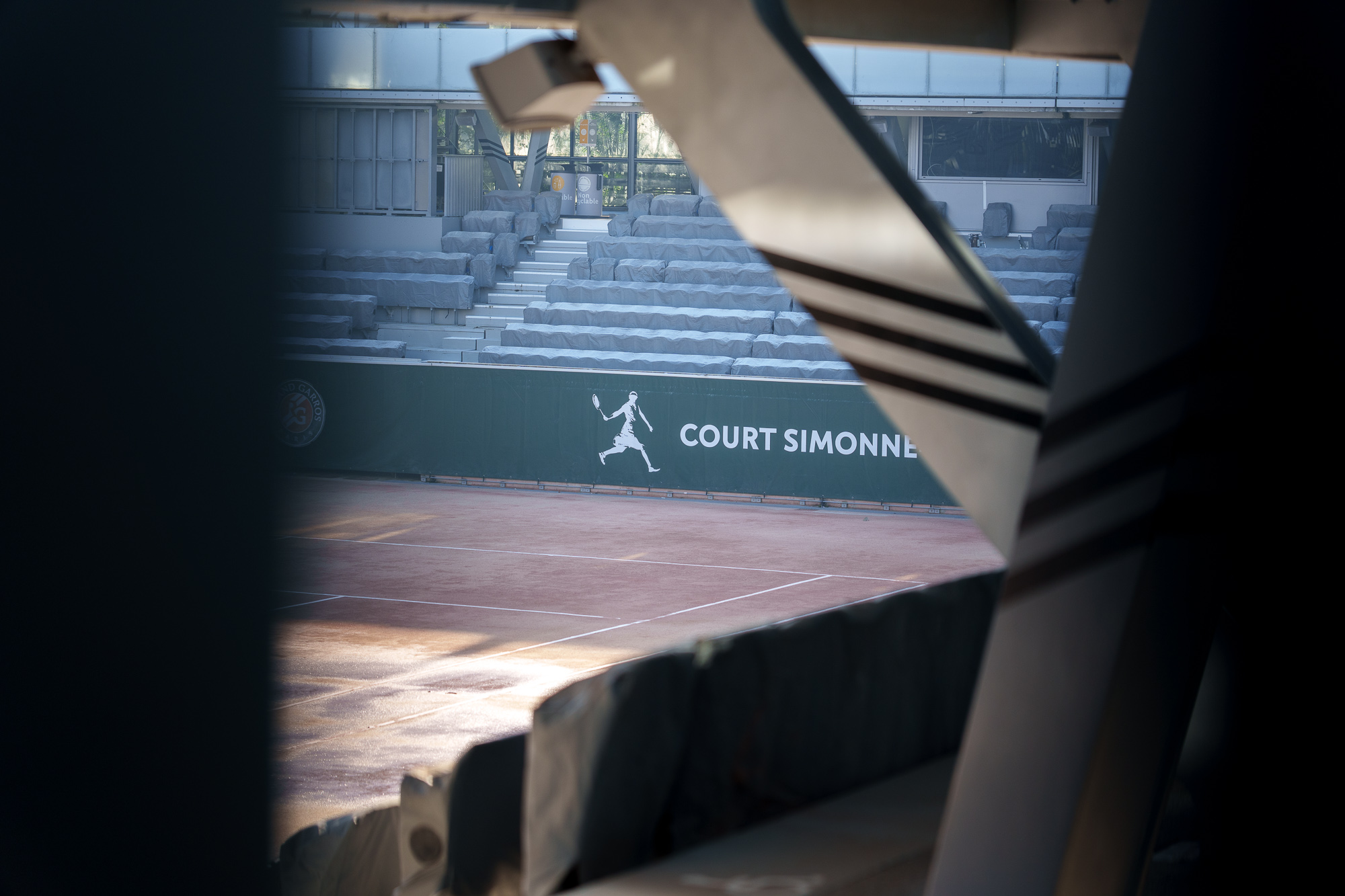
However, this issue does not apply to L-mount cameras, such as the Panasonic Lumix S5 II or the Leica SL3-S, which offer burst rates up to 30 fps. However, their autofocus tracking is not as advanced as Sony’s.
(Lack of) stabilization in the Sigma 28-105mm f/2.8 DG DN Art
One notable omission in this lens is the lack of optical stabilization. While this isn’t an issue at wider focal lengths, it becomes more noticeable at 105mm, especially in low-light conditions or when shooting at slower shutter speeds.

Of course, this test wasn’t conducted on a camera with the best in-body stabilization, but when in doubt, using a tripod is recommended.
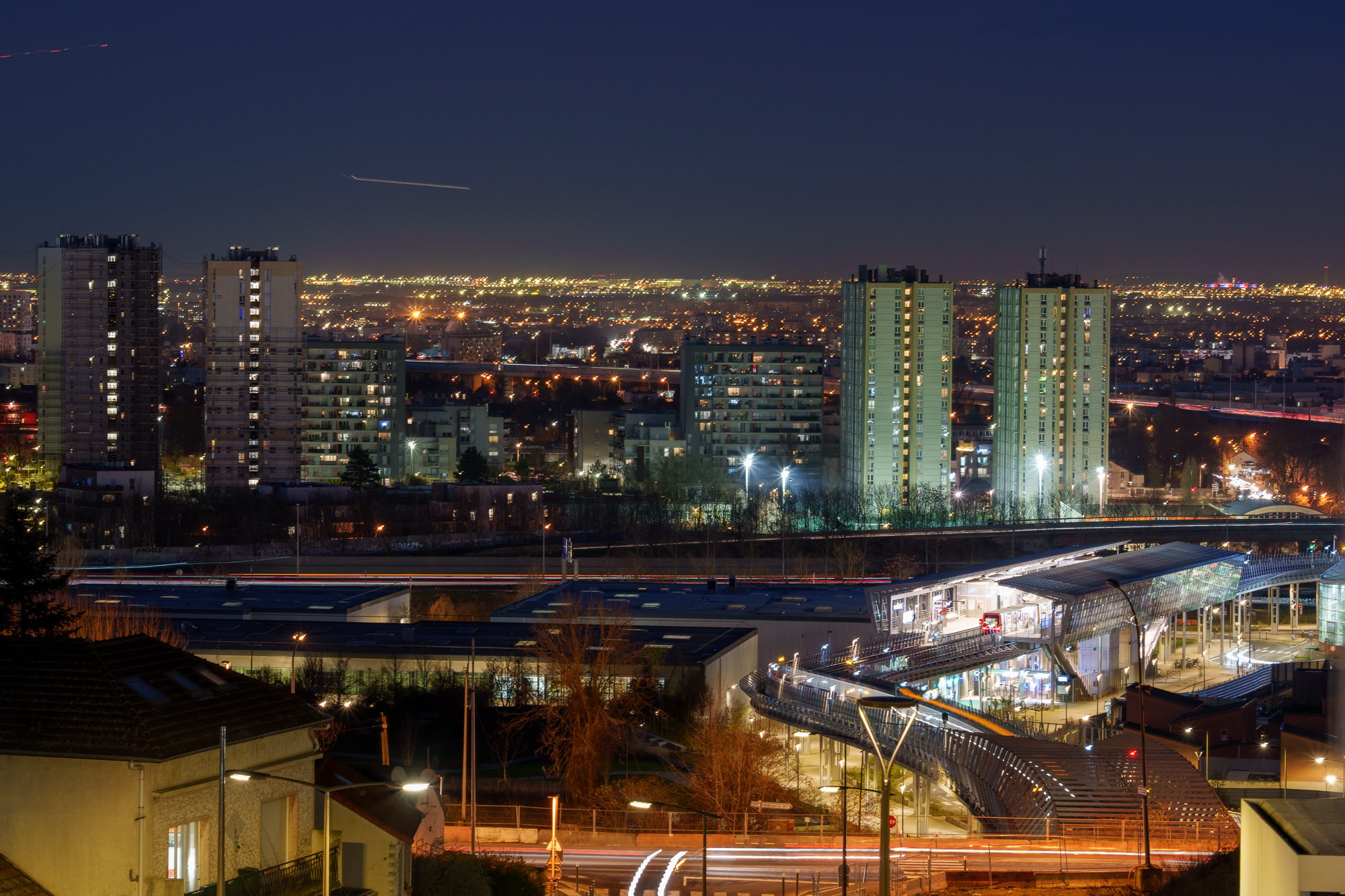
Find below a selection of images captured with the Sigma 28-105mm f/2.8 DG DN Art:




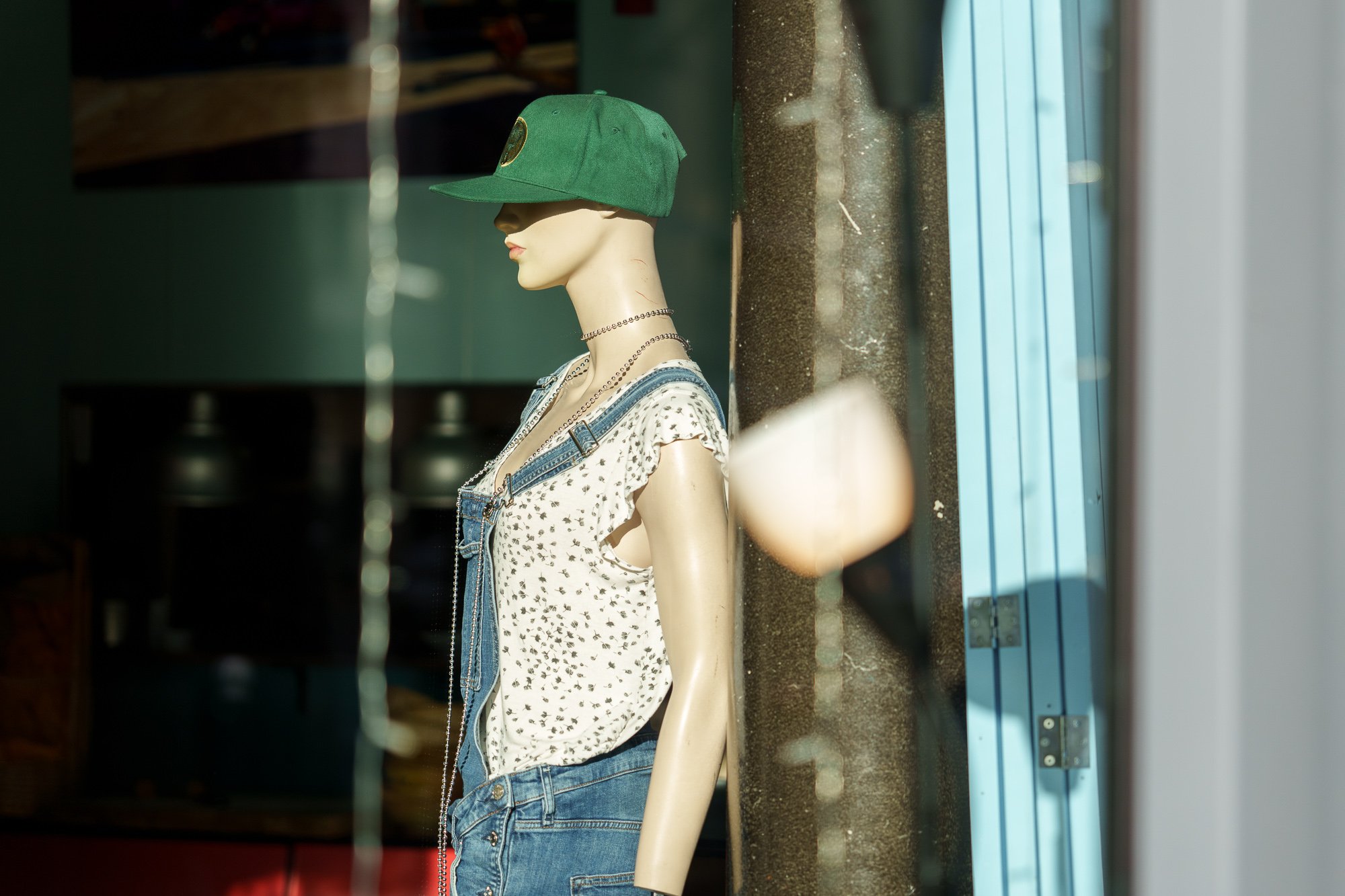




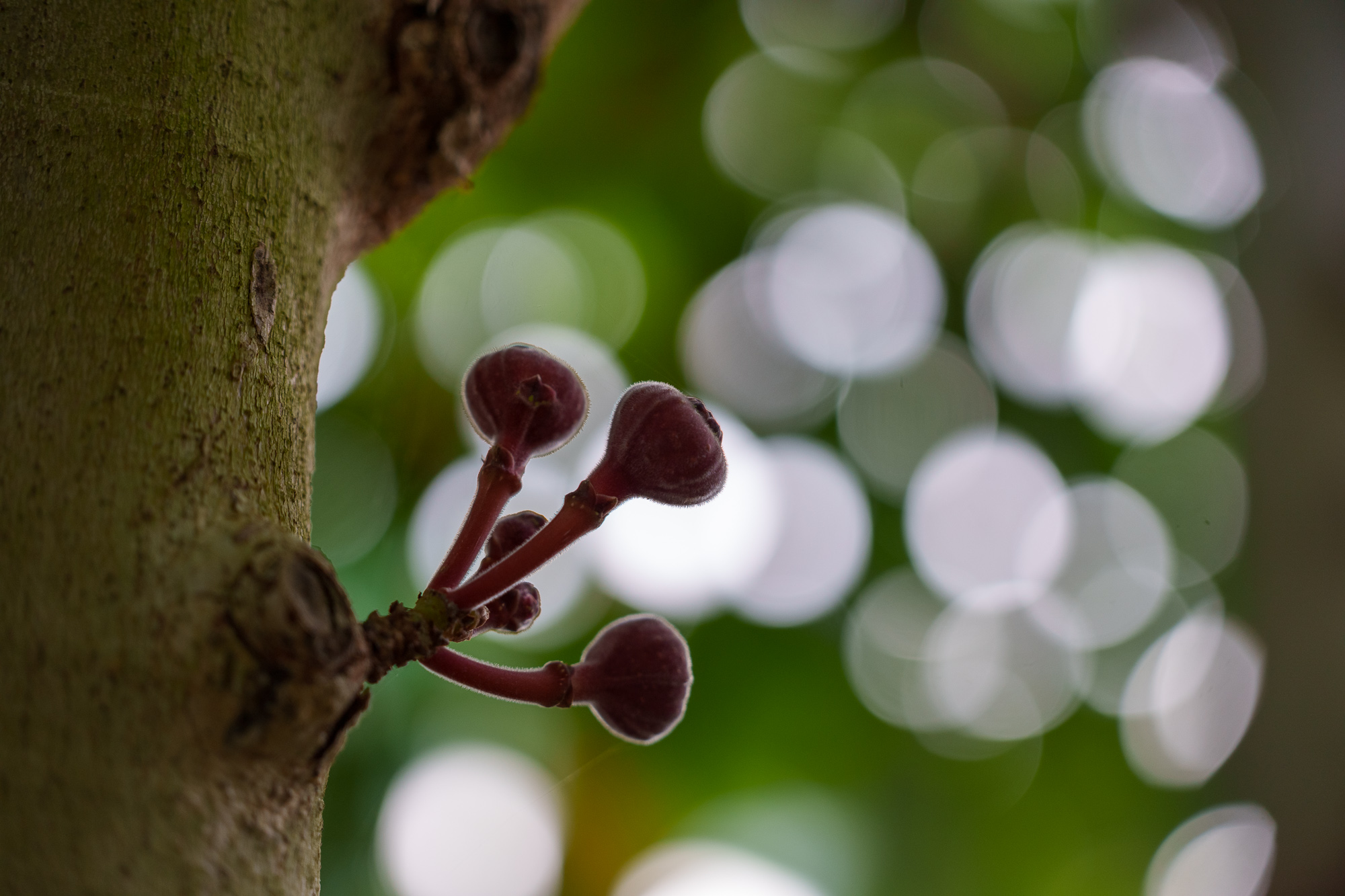

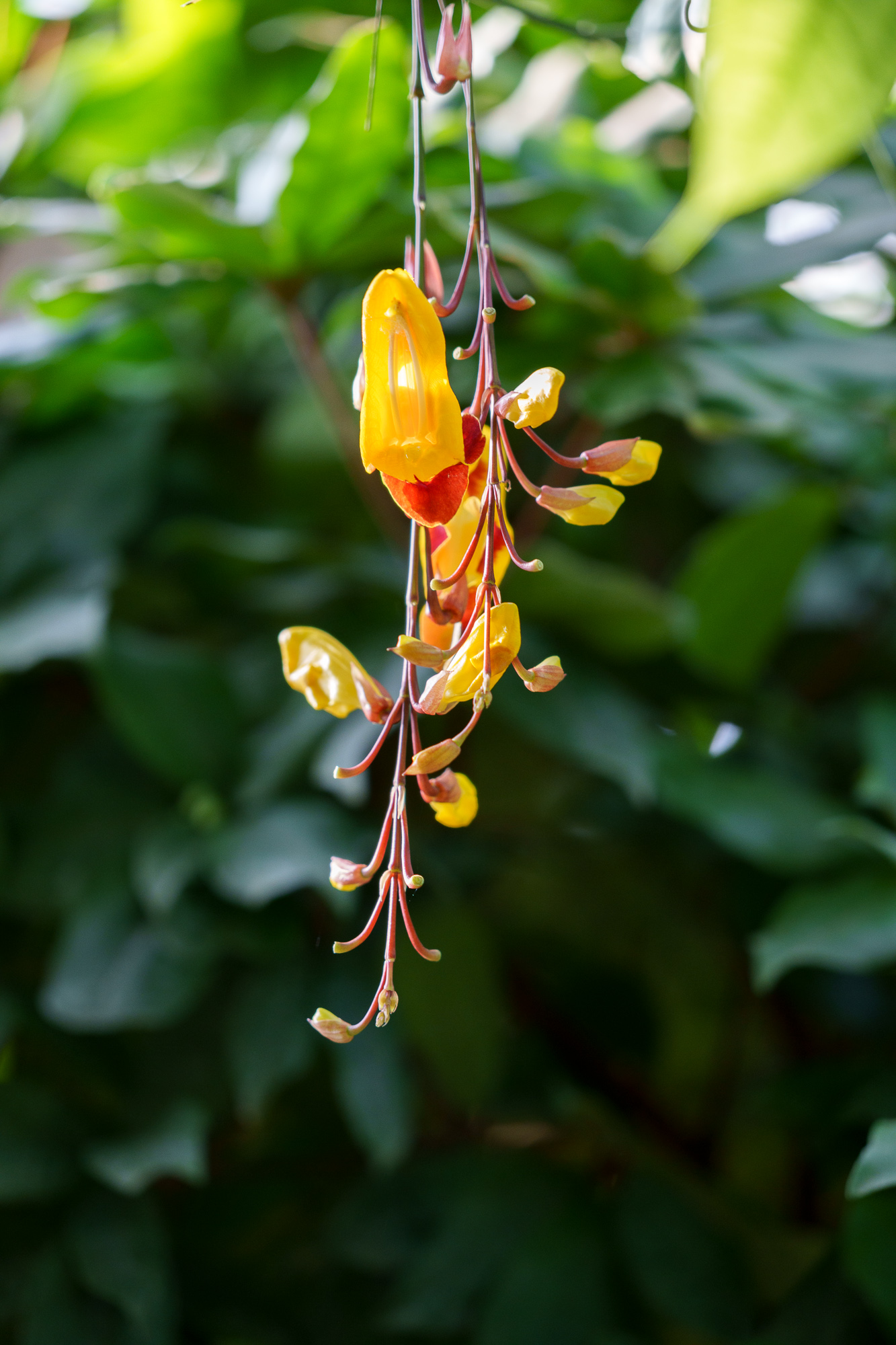
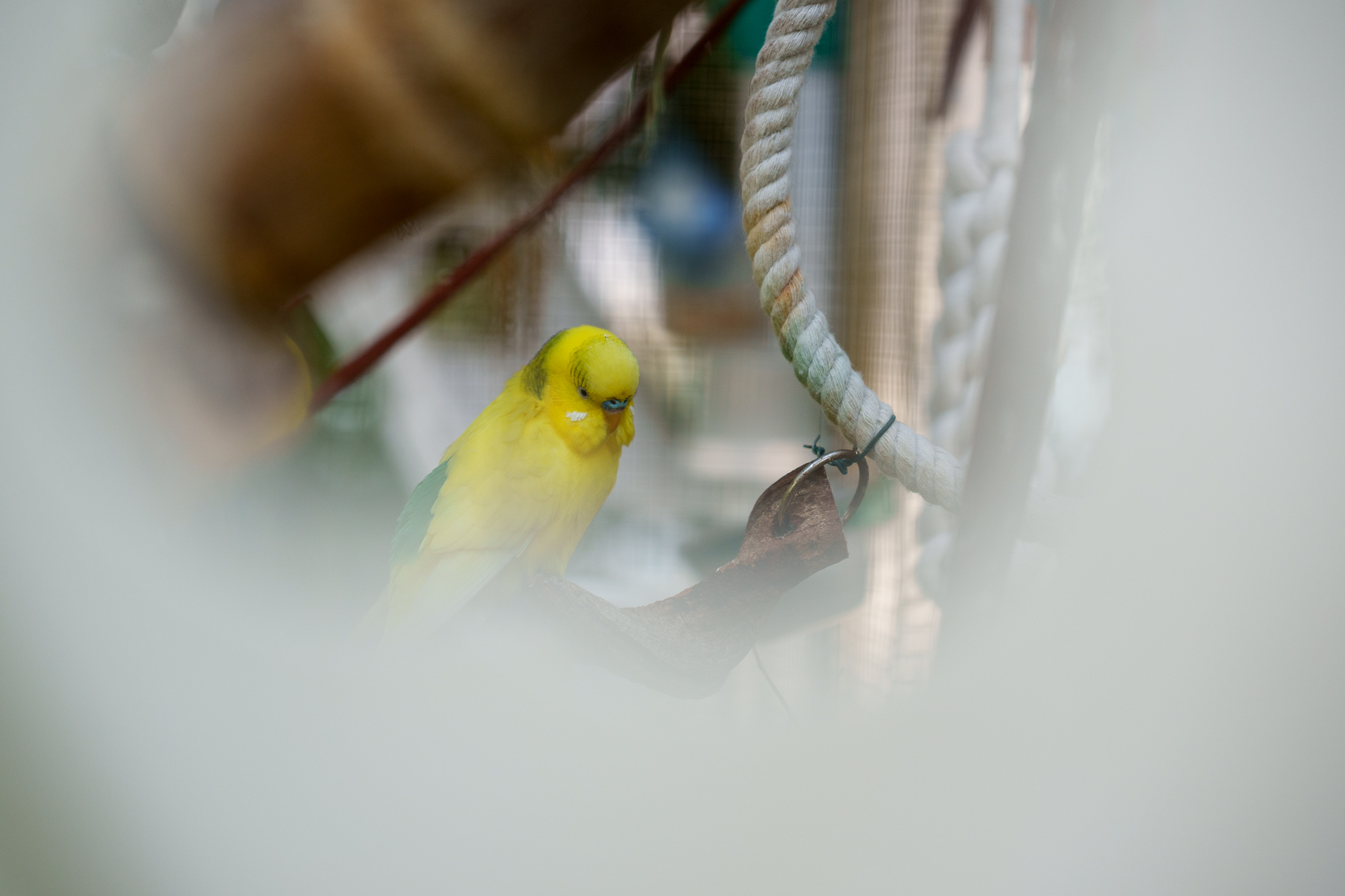


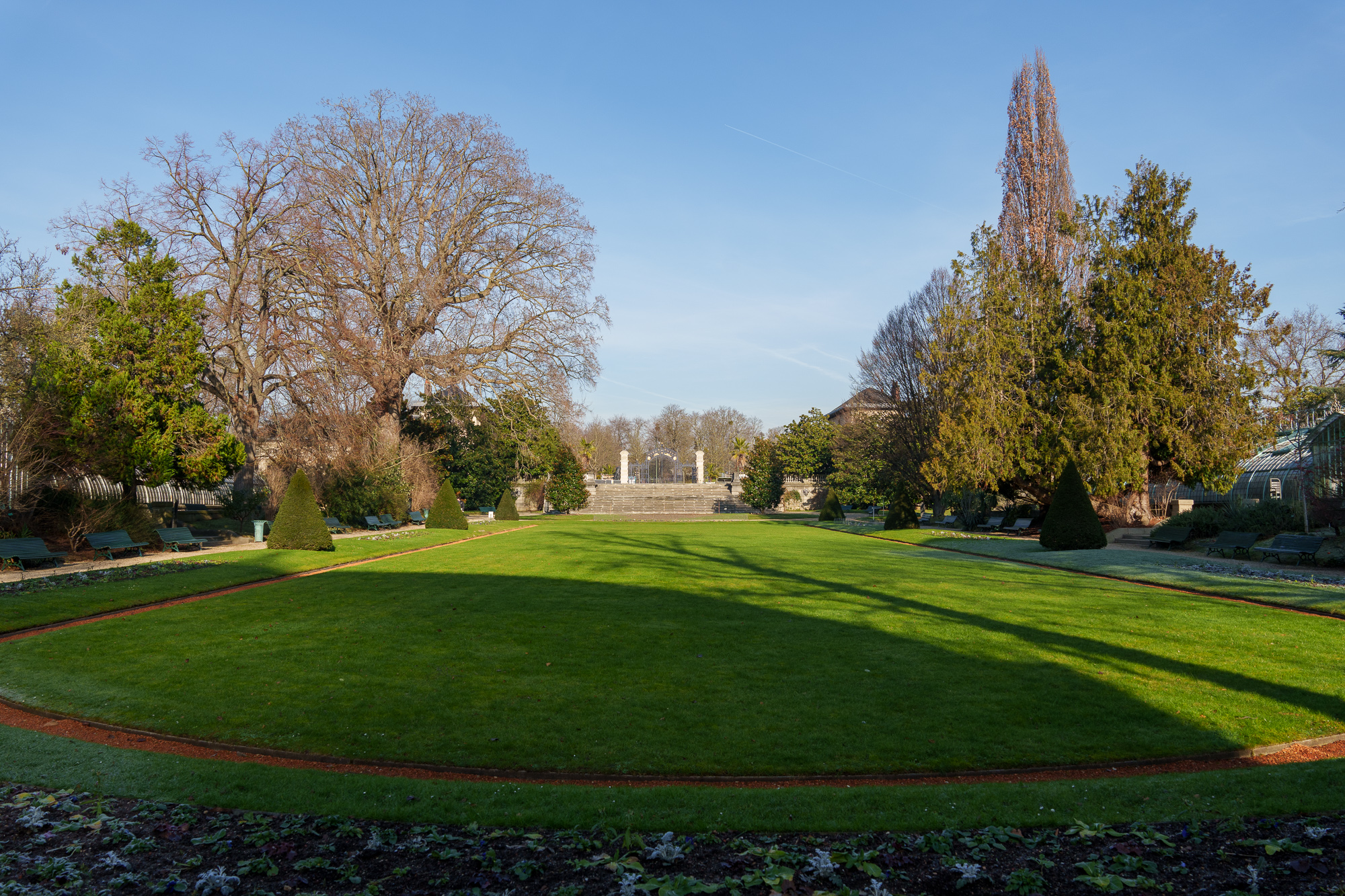

Facing the Competition
The uncommon focal range of the Sigma 28-105mm f/2.8 DG DN Art makes direct comparisons with other lenses difficult. Few models cover exactly this range, though it can be loosely compared to some popular options like 24-70mm f/2.8 or 24-105mm f/4 zooms, which offer similar use cases.
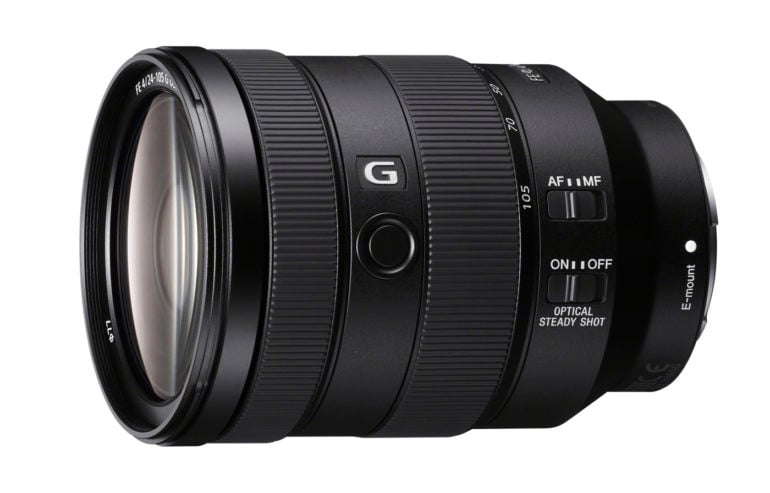
Released in 2017, the Sony 24-105mm f/4 G OSS is a relevant competitor, offering a slightly wider focal range. However, its maximum aperture is less bright. The newer Sigma boasts superior sharpness and will be more effective in low-light situations. The Sony lens, on the other hand, features built-in optical stabilization and a more accessible price tag of

Panasonic’s offering, the Lumix S 24-105mm f/4 Macro O.I.S., is a solidly built, sharp and versatile zoom lens. It is similar to Sony’s 24-105mm, and its price sits slightly below €1200.
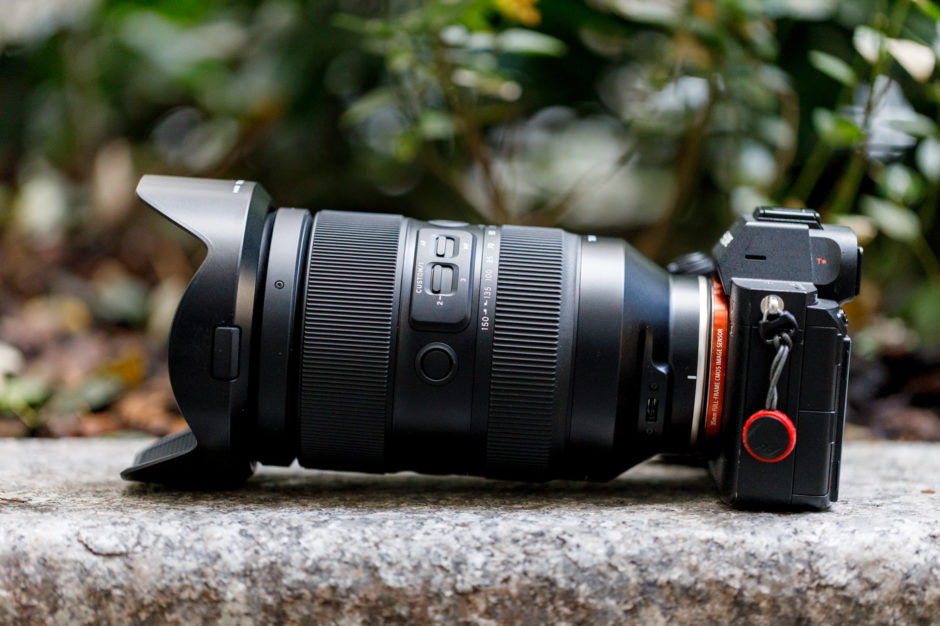
The Tamron 35-150mm f/2-2.8 Di III VXD is another interesting alternative. While their focal ranges and apertures differ, both lenses follow the same philosophy: offering a versatile and bright zoom for photographers wanting to minimize lens swaps. The Tamron lens is brighter but heavier and more expensive, priced around
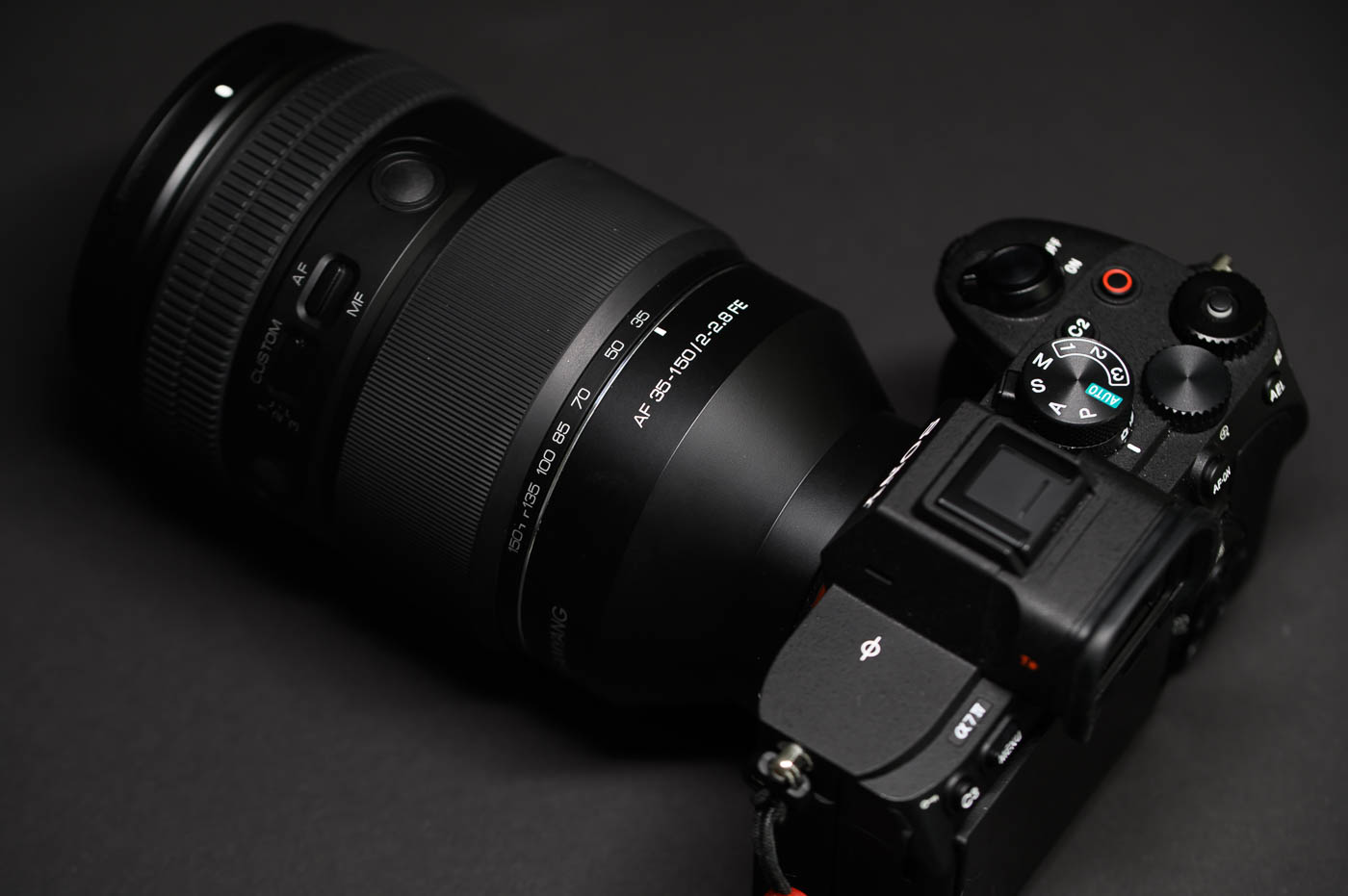
Similarly, the Samyang AF 35-150mm F/2-2.8 FE shares a comparable approach. It is slightly less sharp than the Tamron but much more affordable, frequently available for under €1000.
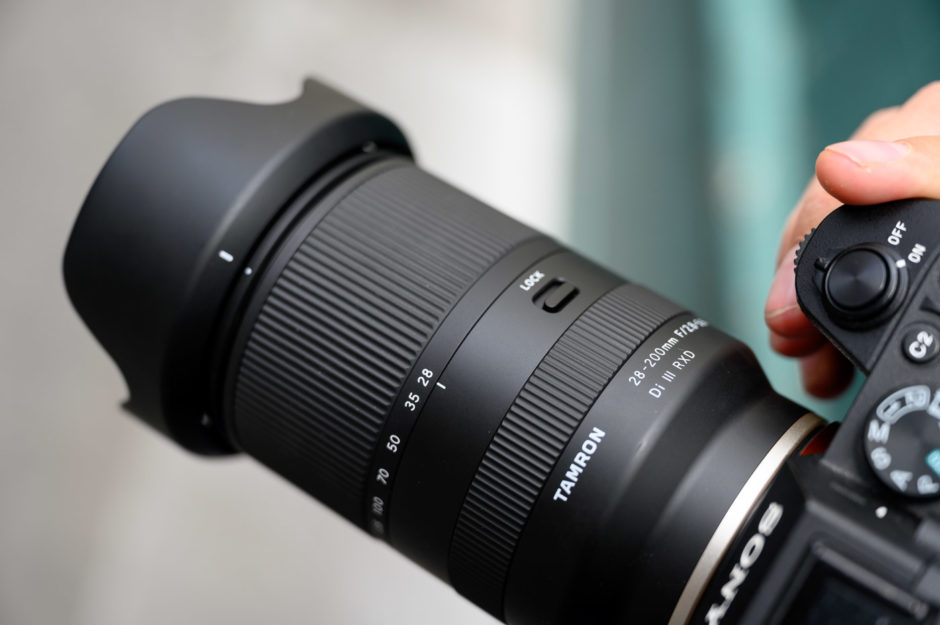
The Tamron 28-200mm f/2.8-5.6 Di III RXD is another versatile option worth considering. It covers a broader focal range and stops down to f/4.5 at 105mm. Still, it remains a great choice for those looking for high versatility in a compact form factor, priced at €799.
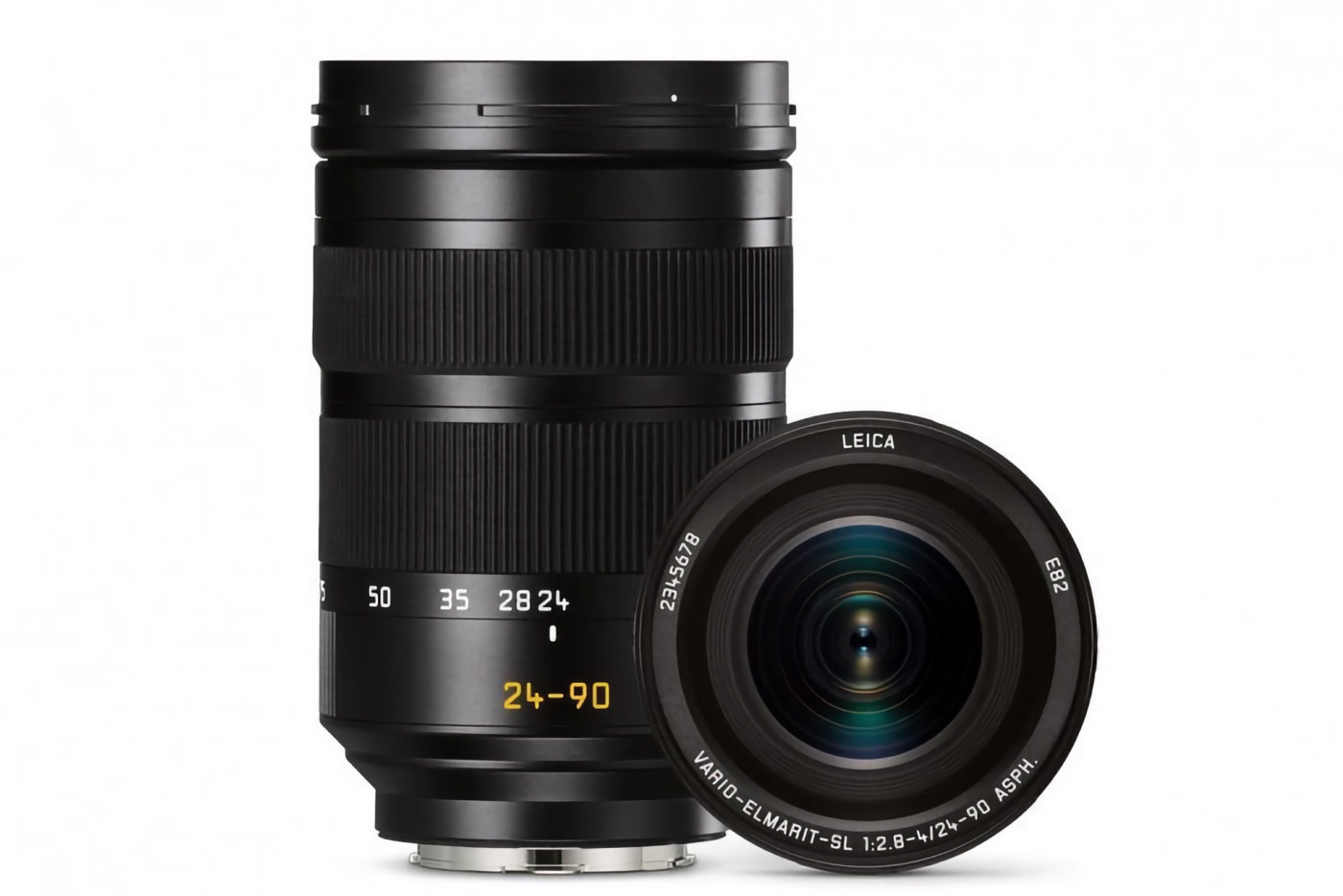
A bit of an outlier, the Leica Vario-Elmarit-SL 24-90mm f/2.8-4 ASPH offers a 3.75x zoom comparable to Sigma’s lens. However, it is significantly heavier, less bright, and priced at an exorbitant €5665. Ah, the charm of German engineering.
Lastly, more traditional standard zooms such as the Sigma 24-70mm f/2.8 DG DN II Art or the Sony FE 24-70mm f/2.8 GM II are still viable options. However, reaching the same focal length as the Sigma 28-105mm f/2.8 would require pairing them with a prime lens.
Final thoughts
In conclusion, the Sigma 28-105mm f/2.8 DG DN Art stands out as a versatile and high-performing zoom lens, perfect for demanding photographers. Its broad 28-105mm focal range combined with a constant f/2.8 aperture provides exceptional flexibility.
The fast f/2.8 aperture is a key advantage, enabling low-light shooting while also producing beautiful background blur for subject separation.
In terms of build quality, Sigma has delivered an excellent product. The construction is solid, with premium finishes, reflecting the brand’s expertise. Despite its fast aperture, size and weight are well-balanced, offering a great compromise between optical performance and portability.
Finally, autofocus performance is impressive, with fast, silent, and precise focusing, even in challenging lighting conditions.
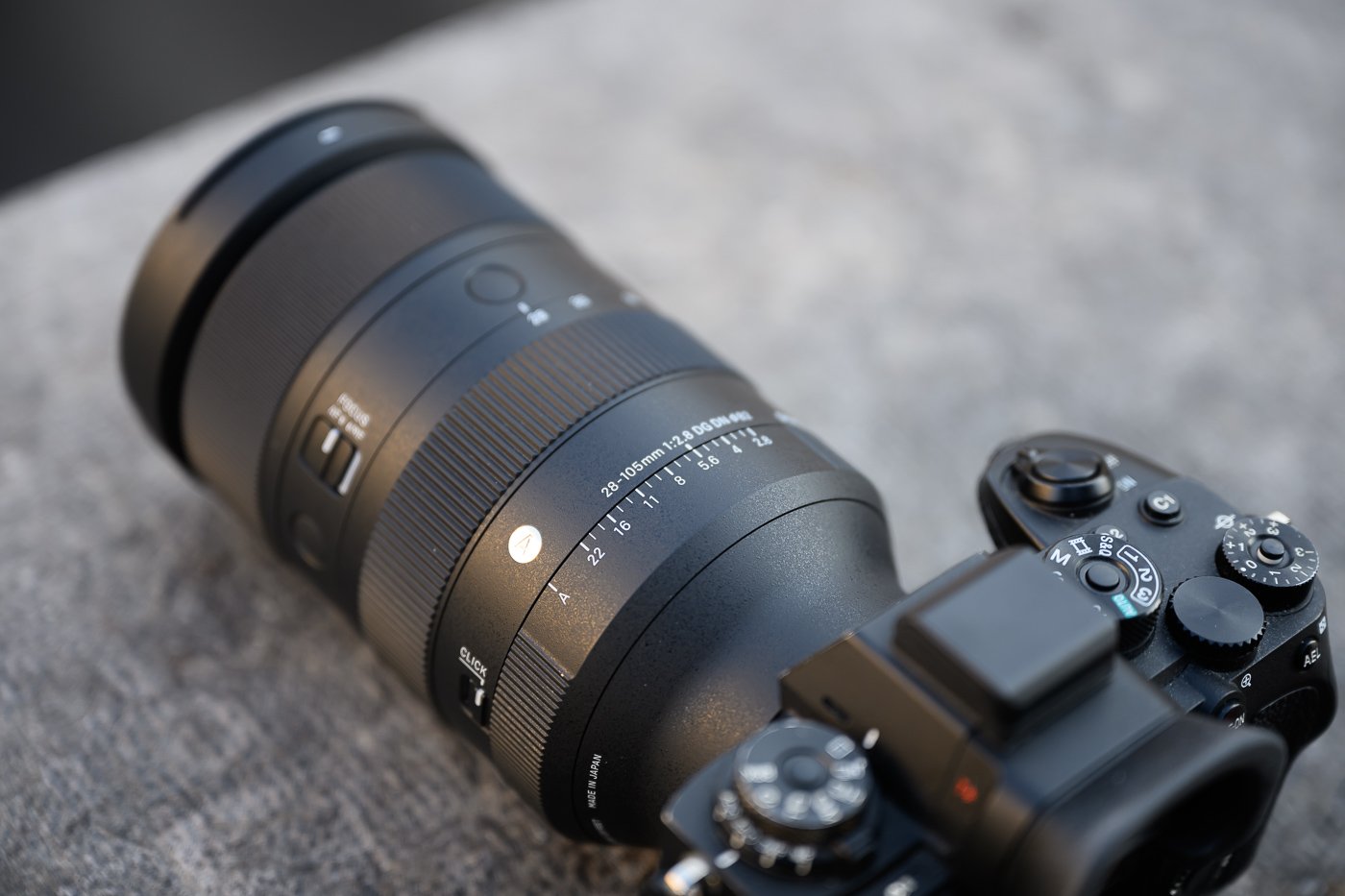
In terms of optical performance, the Sigma 28-105mm f/2.8 DG DN Art delivers excellent sharpness across most of its focal range, even at wide-open aperture. However, some distortion and vignetting are present, particularly at the extreme focal lengths.
For those looking for a single lens to cover a wide range of photography scenarios, this zoom is an excellent choice.
The Sigma 28-105mm f/2.8 DG DN Art is available in E-mount or L-mount for $1499.

